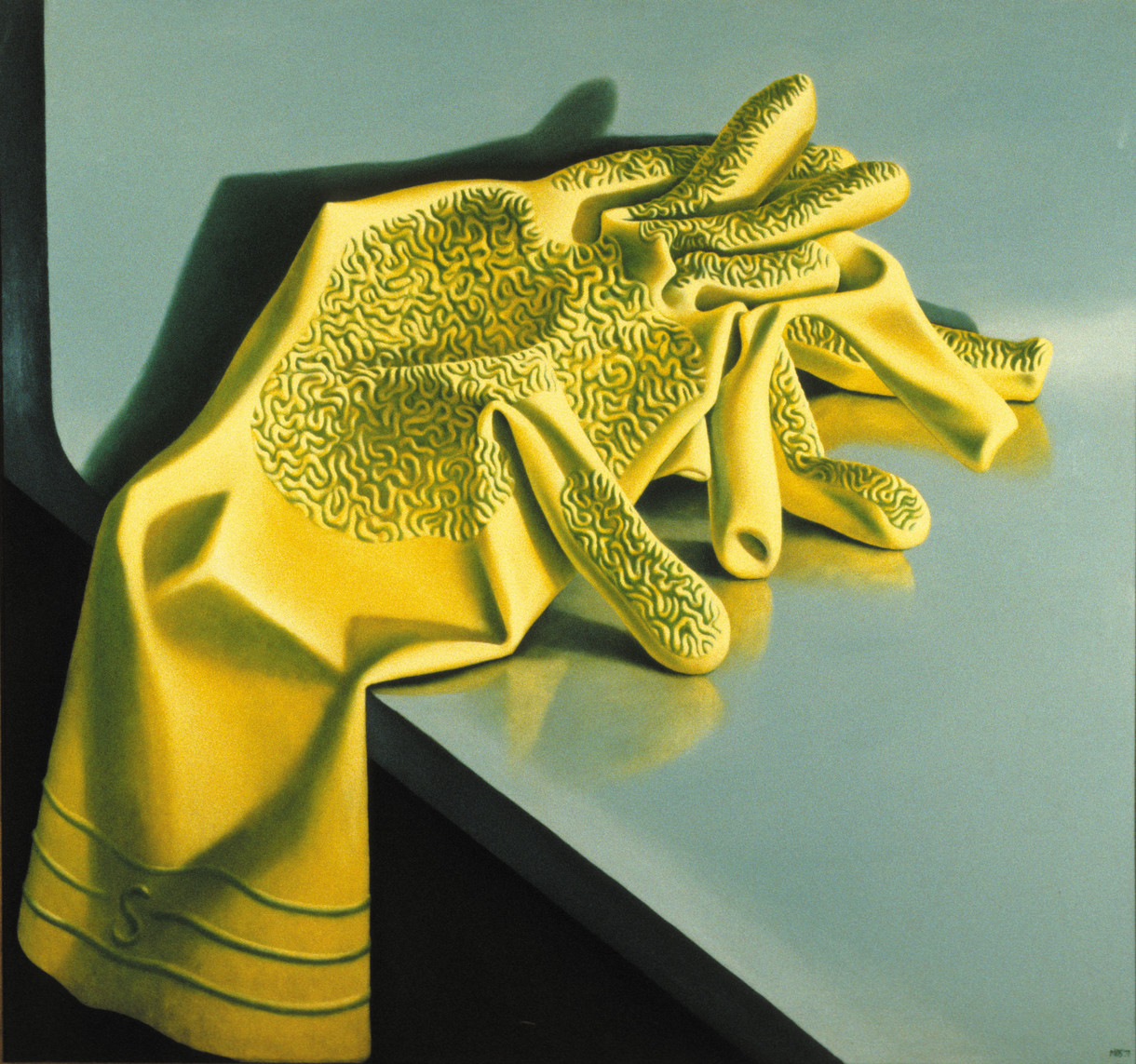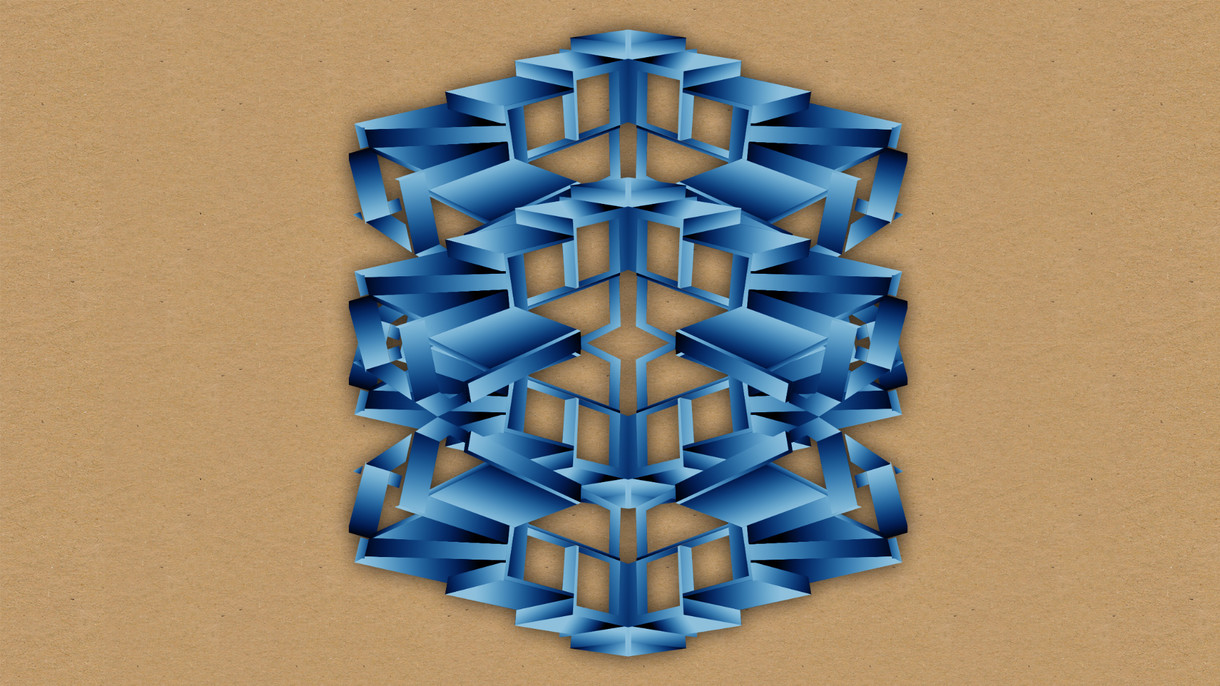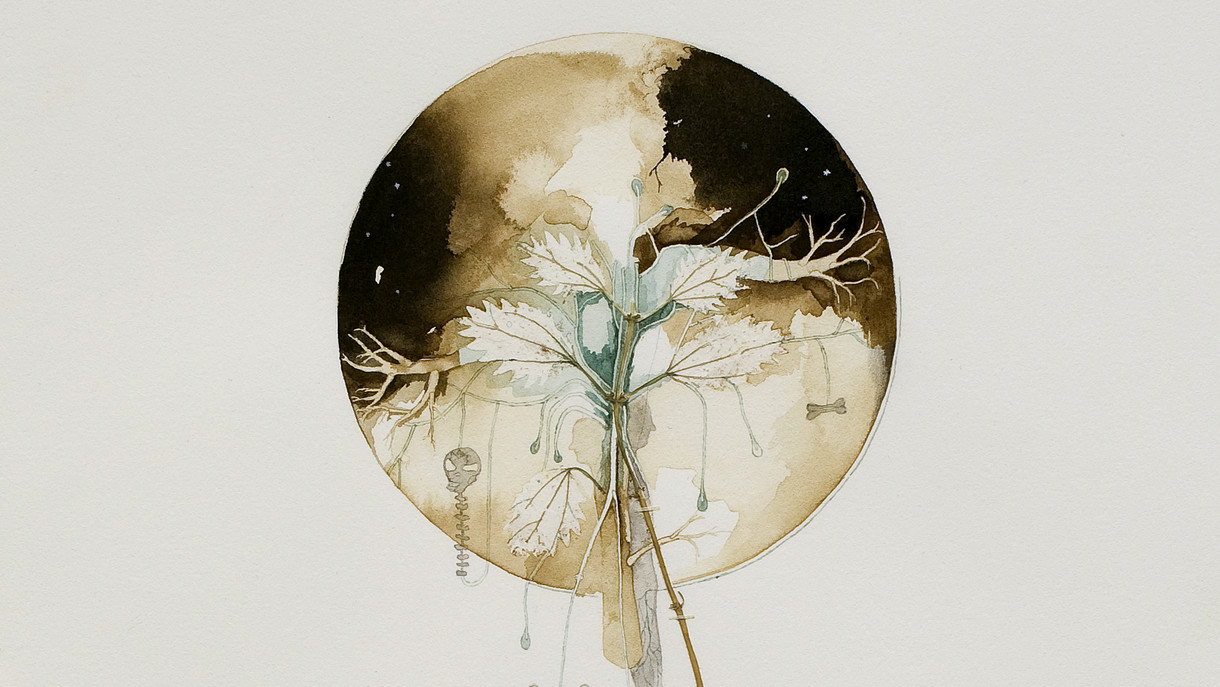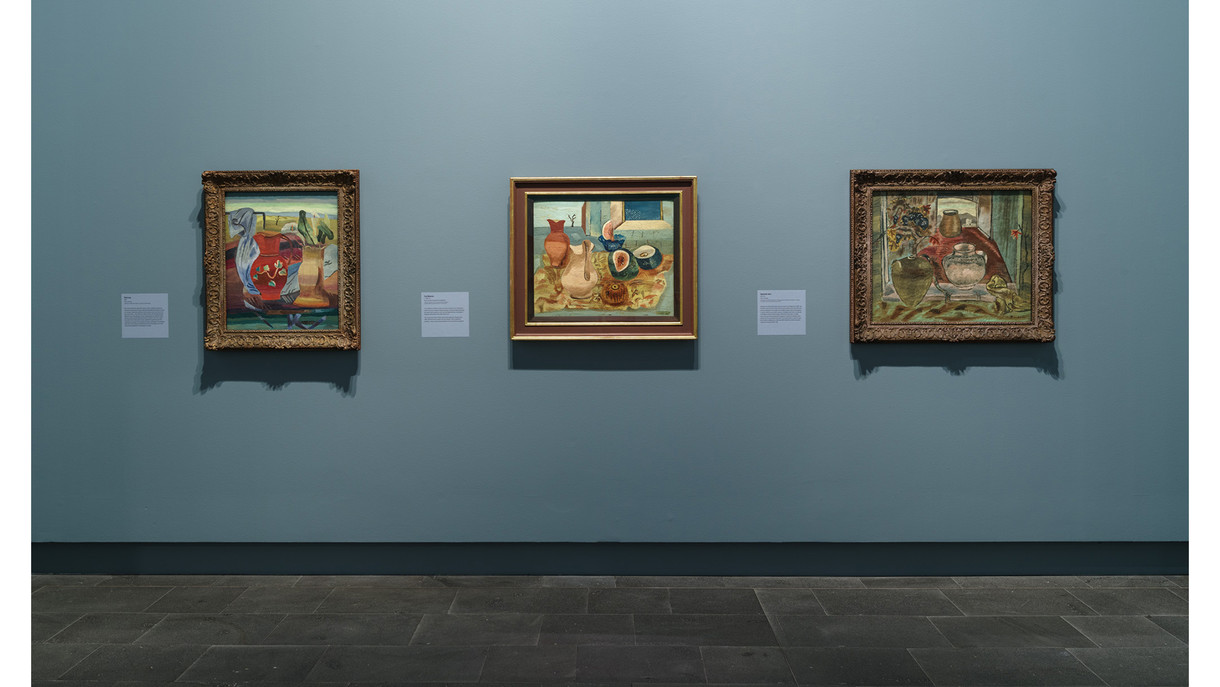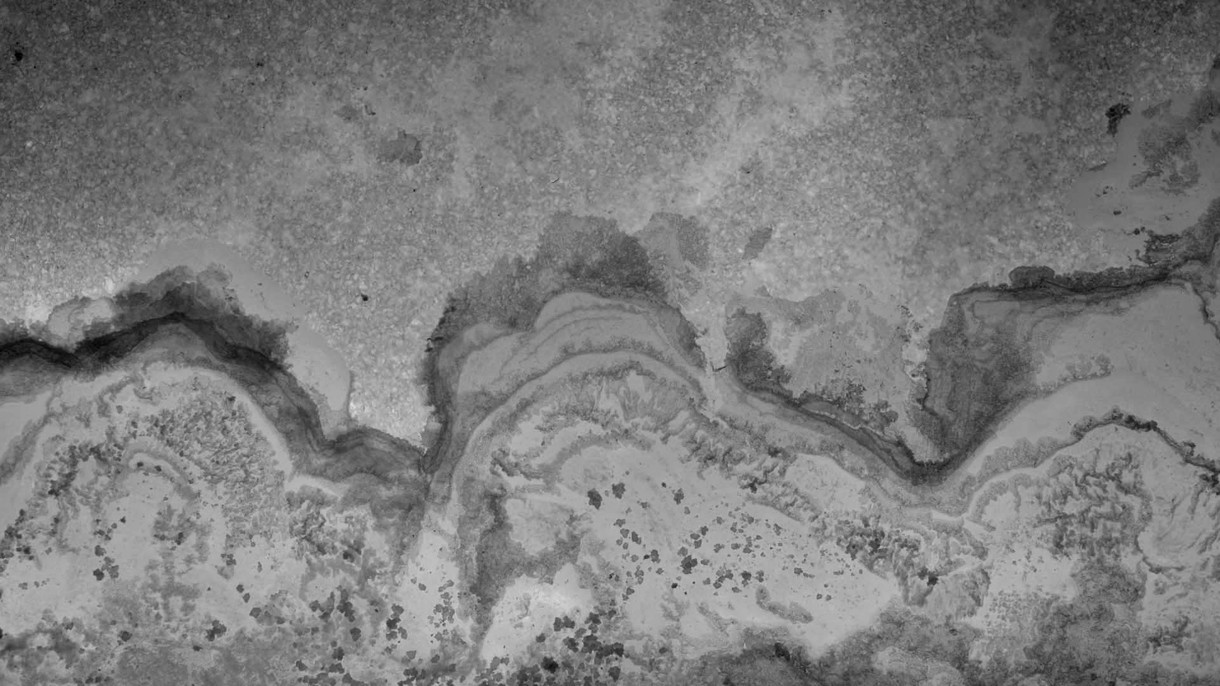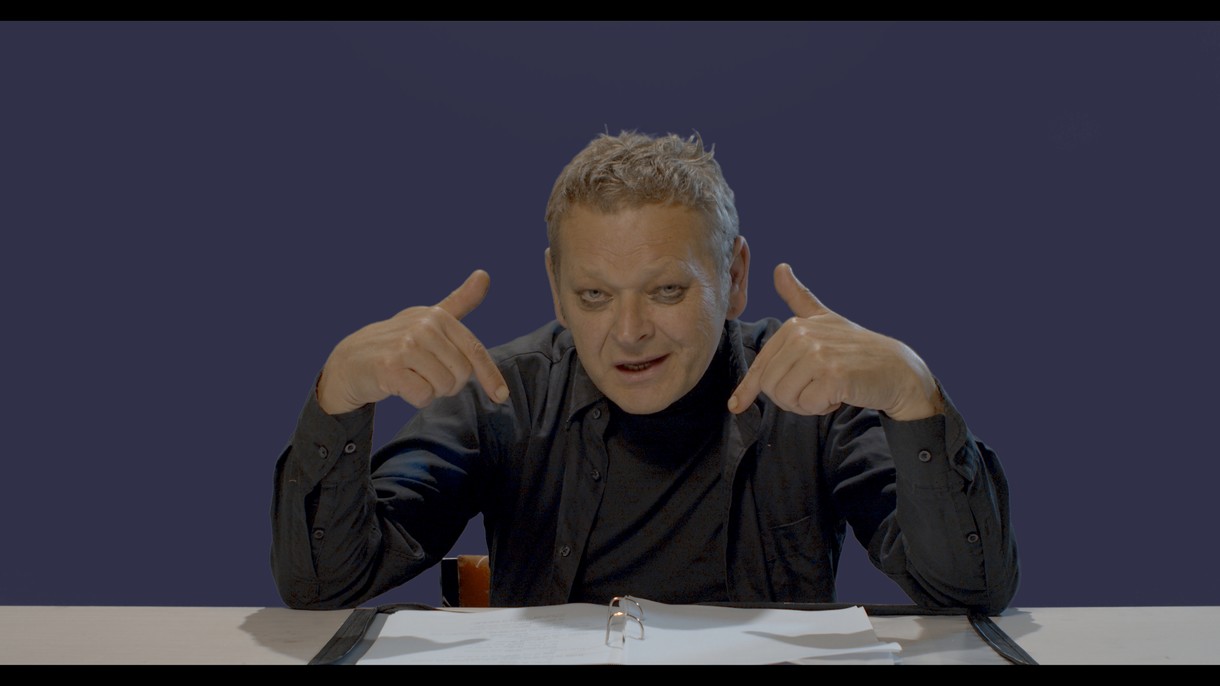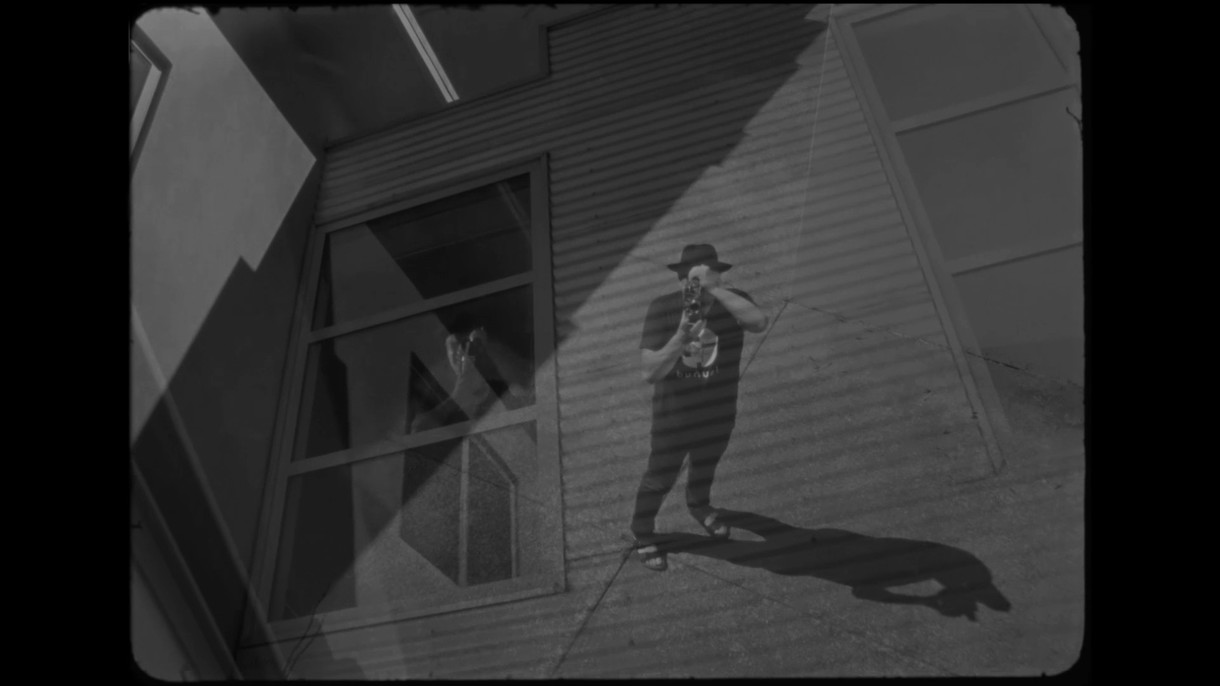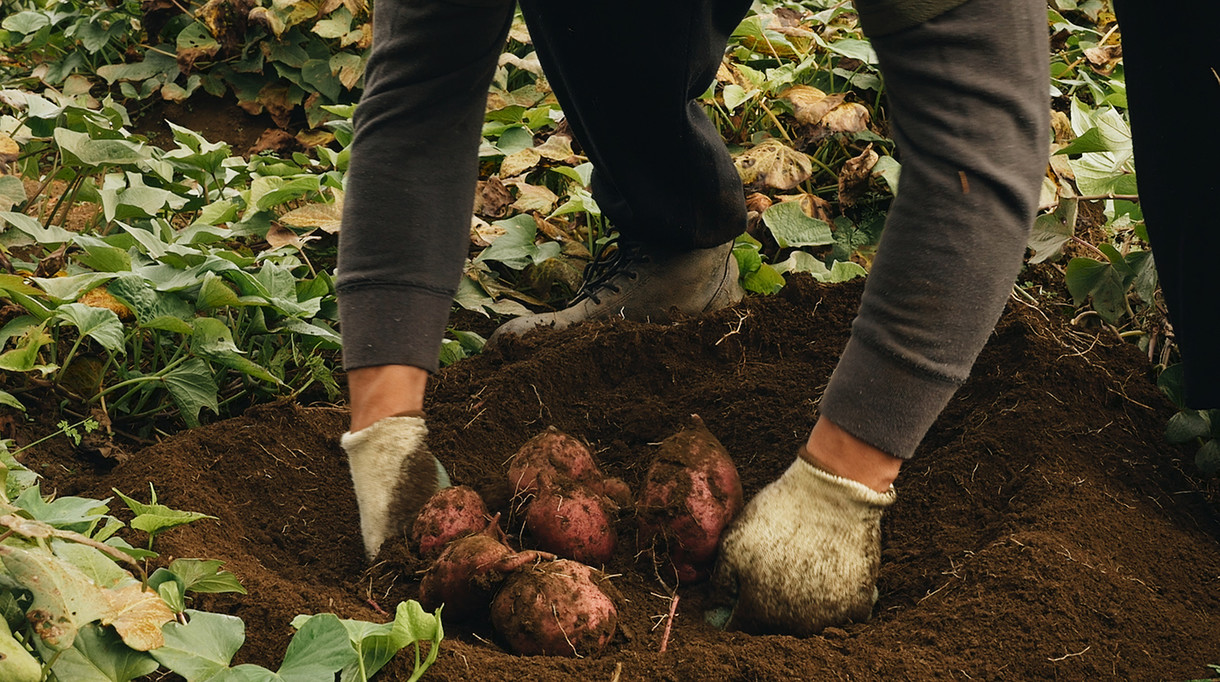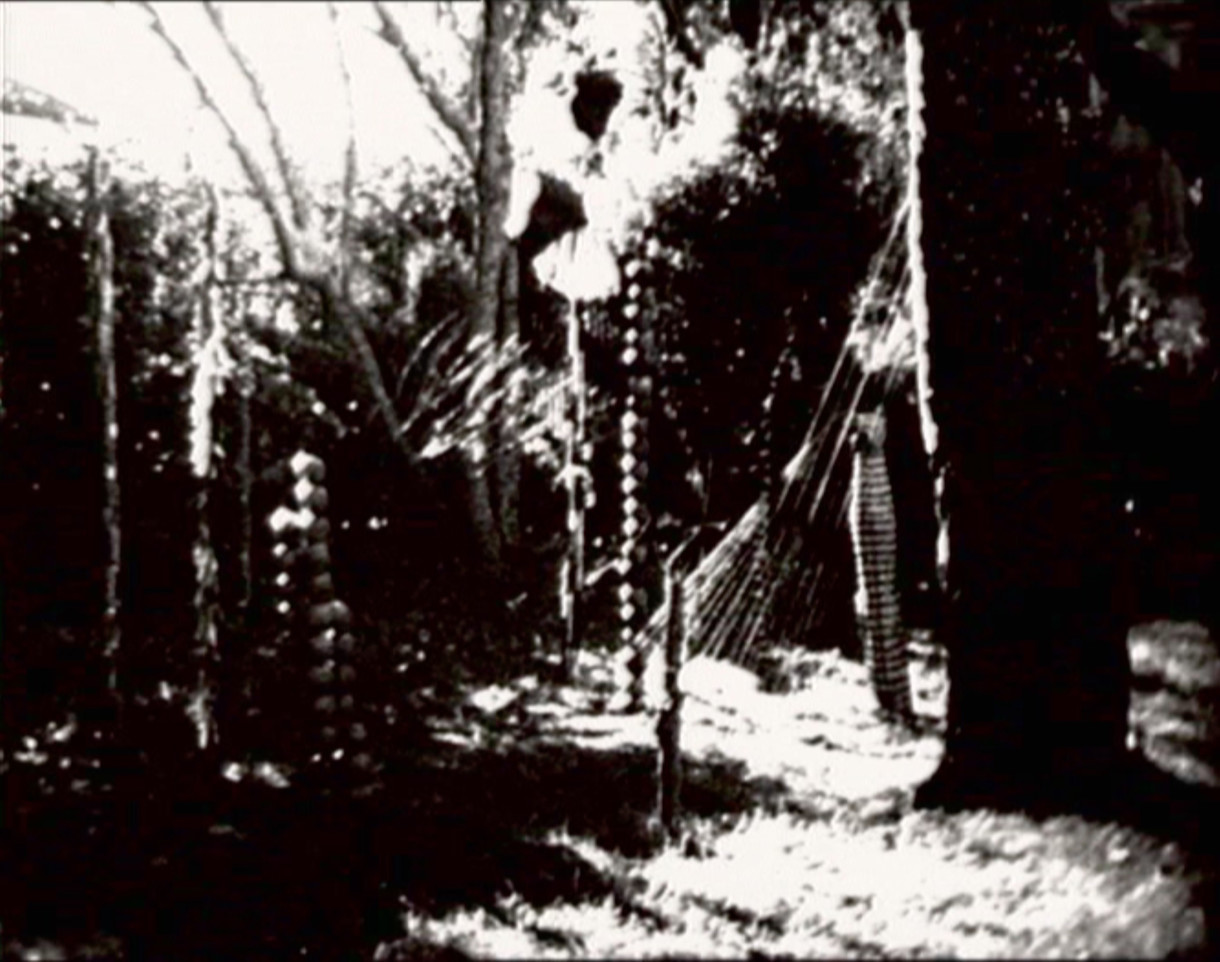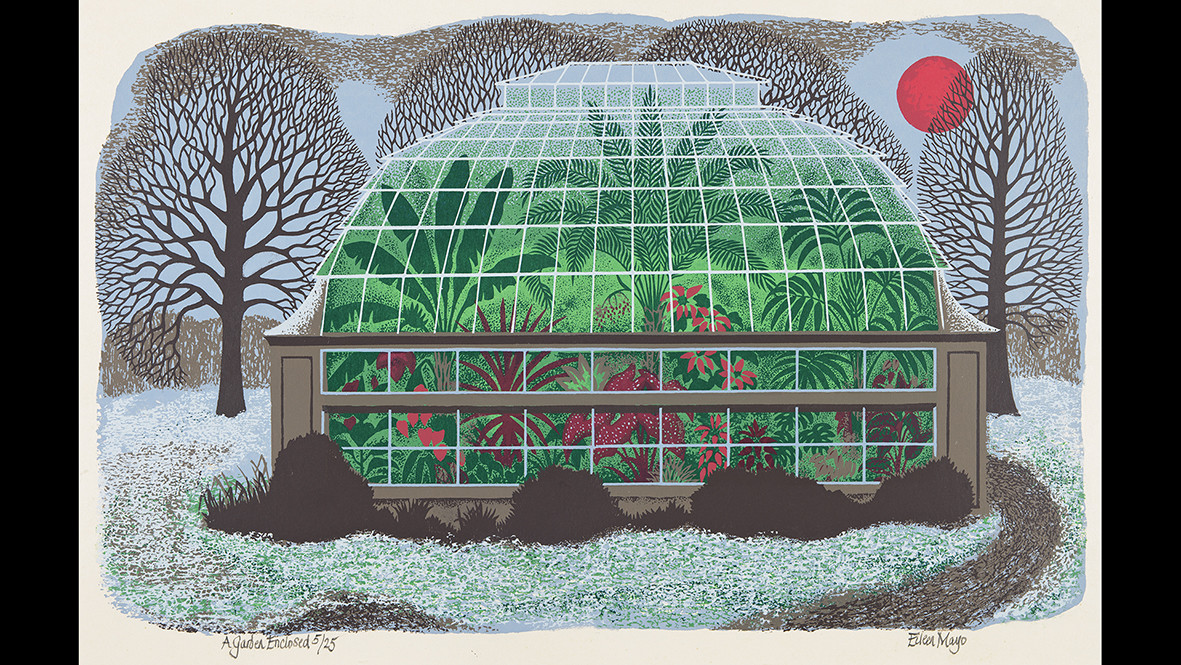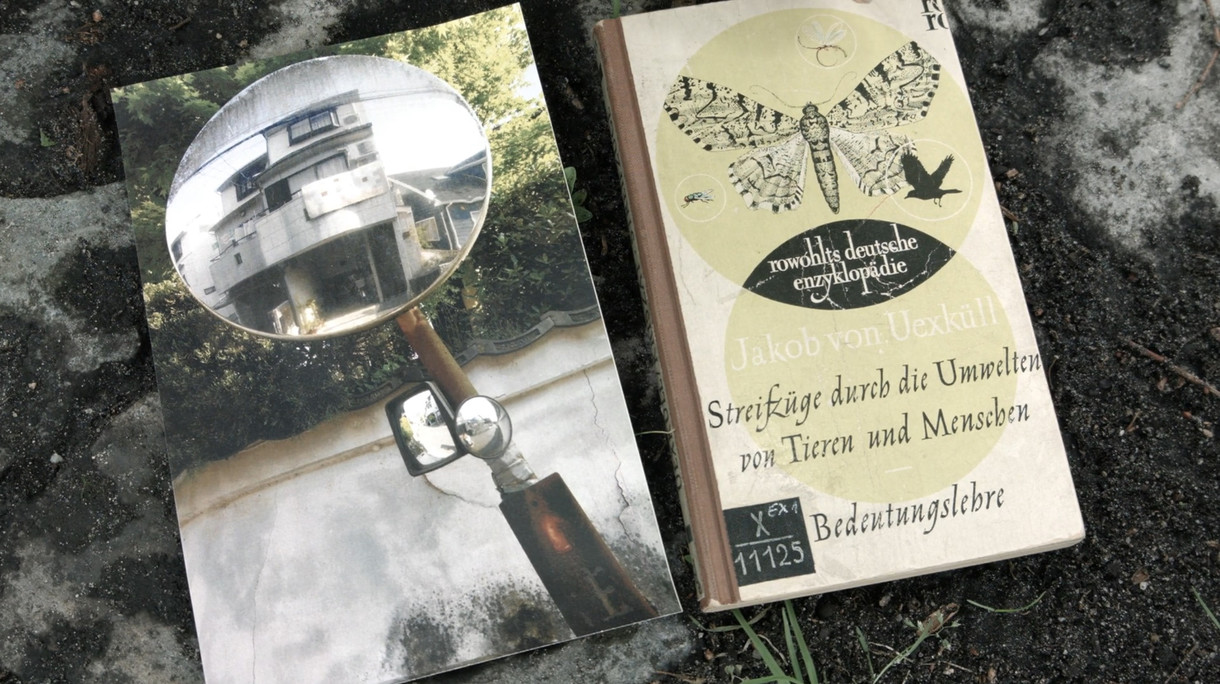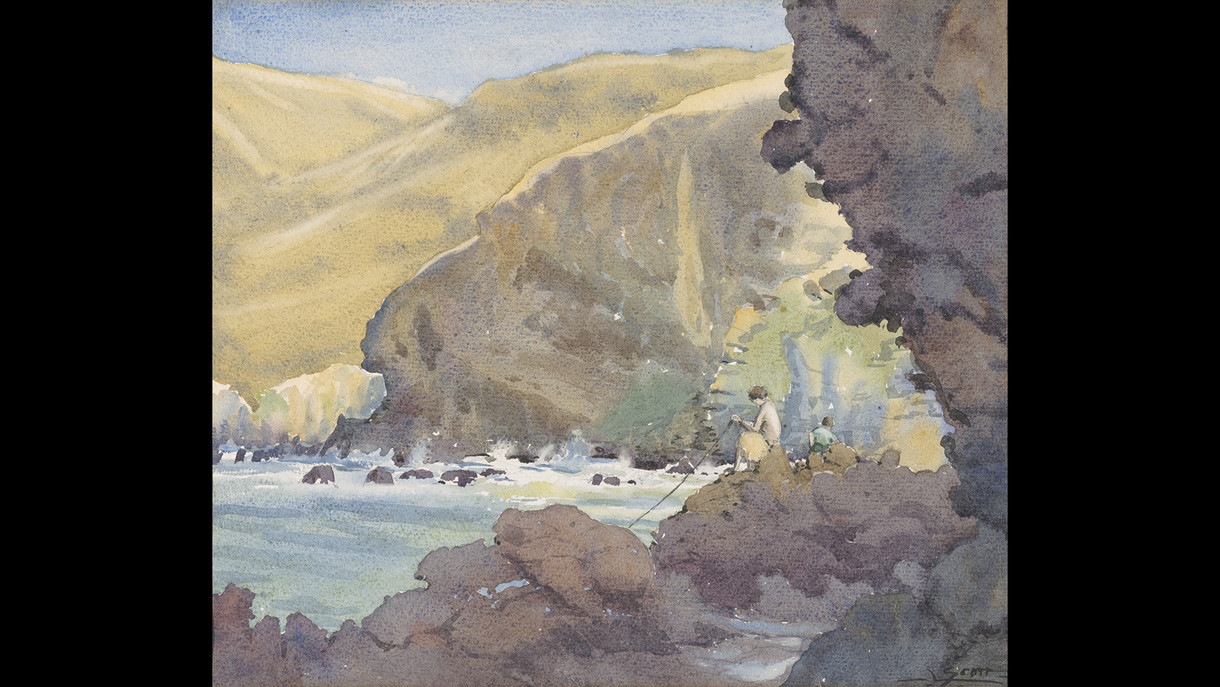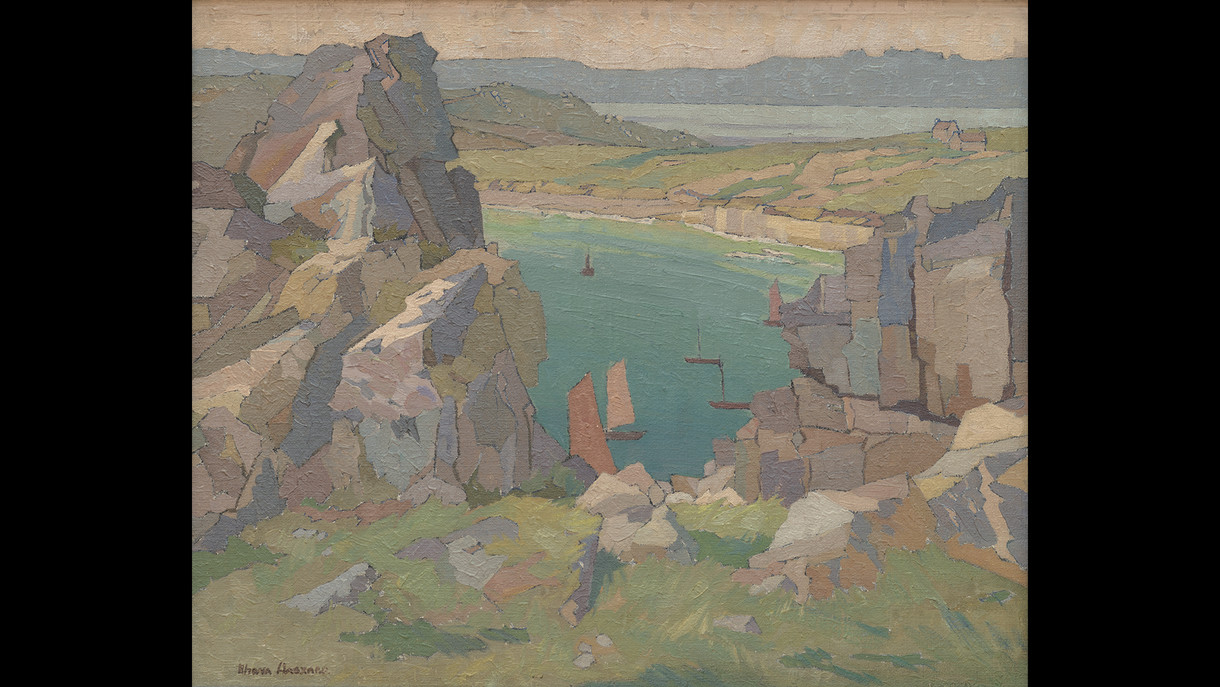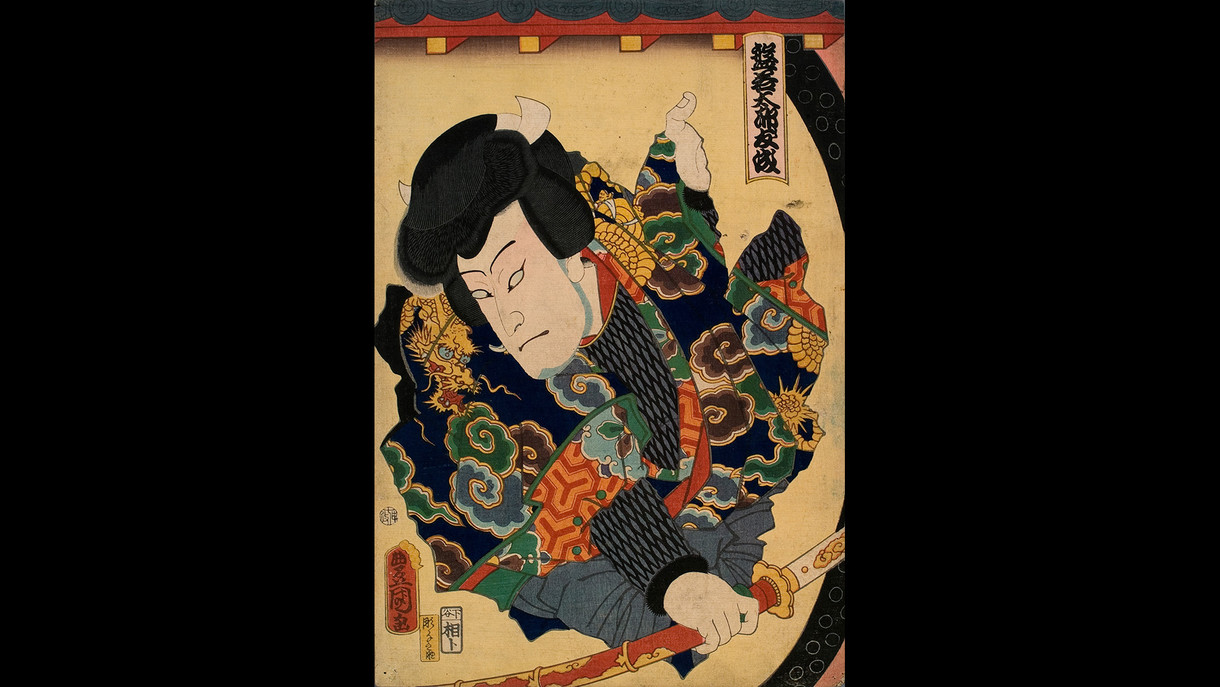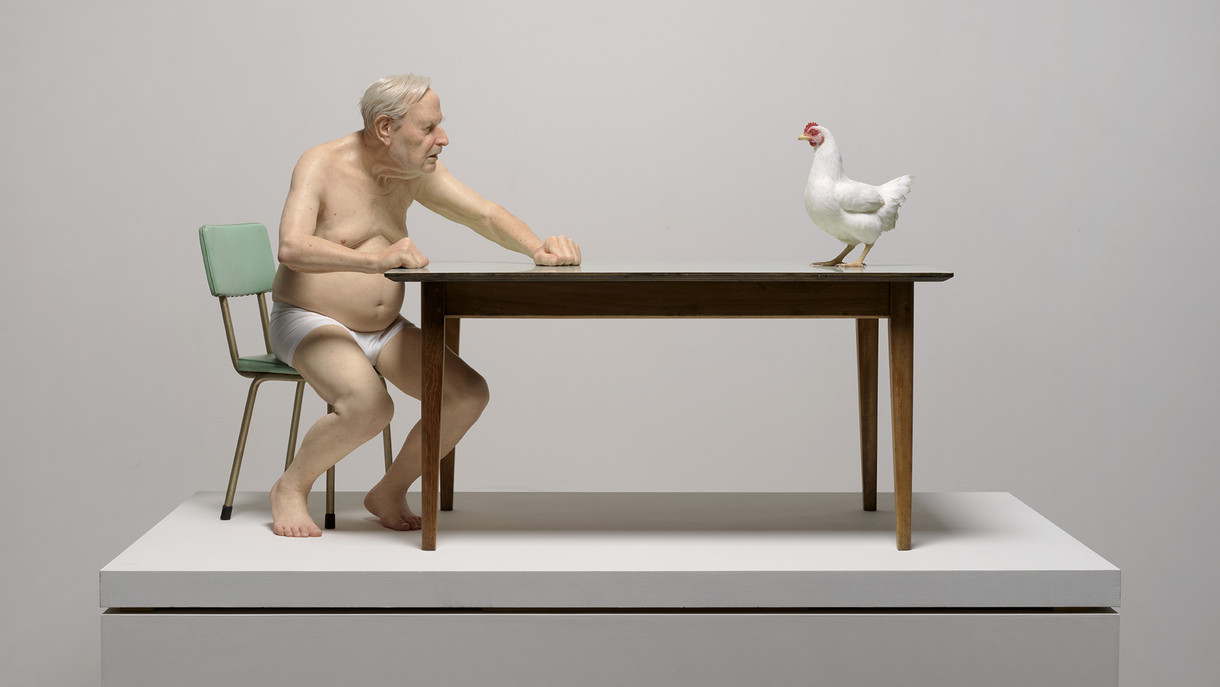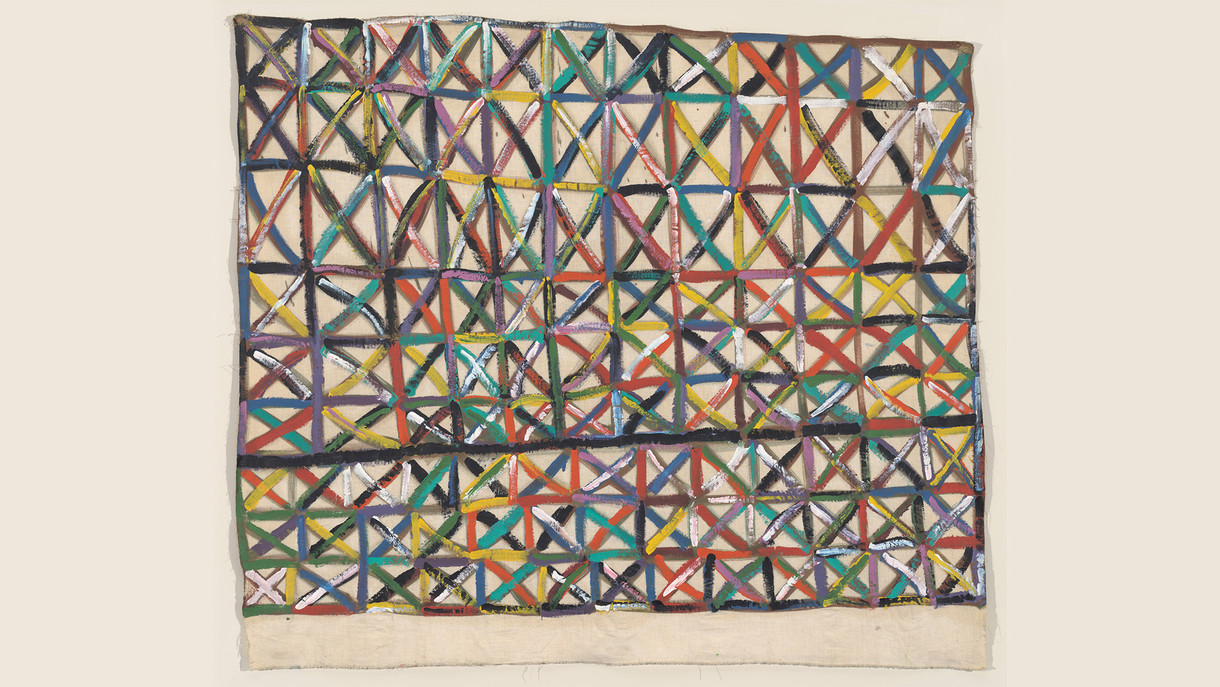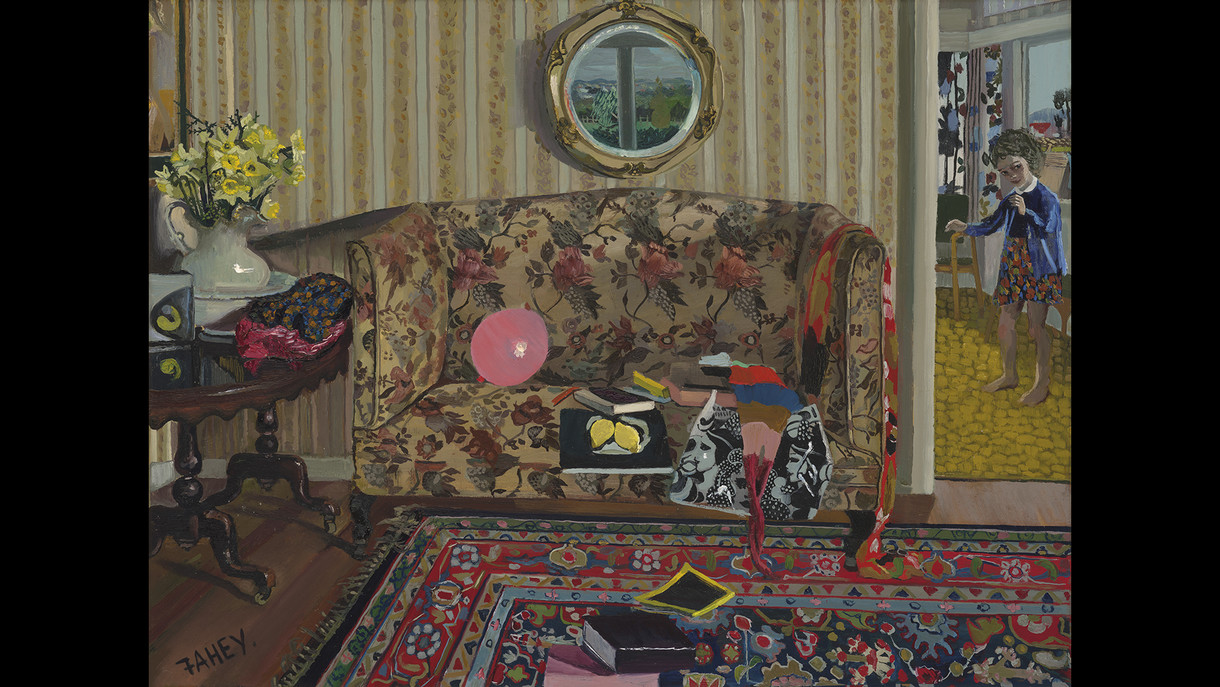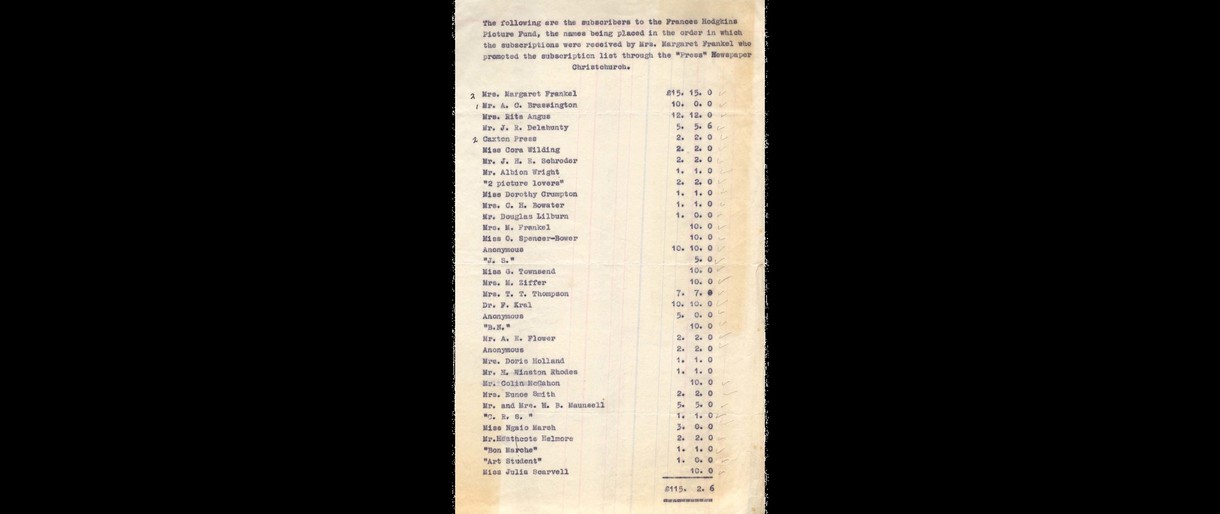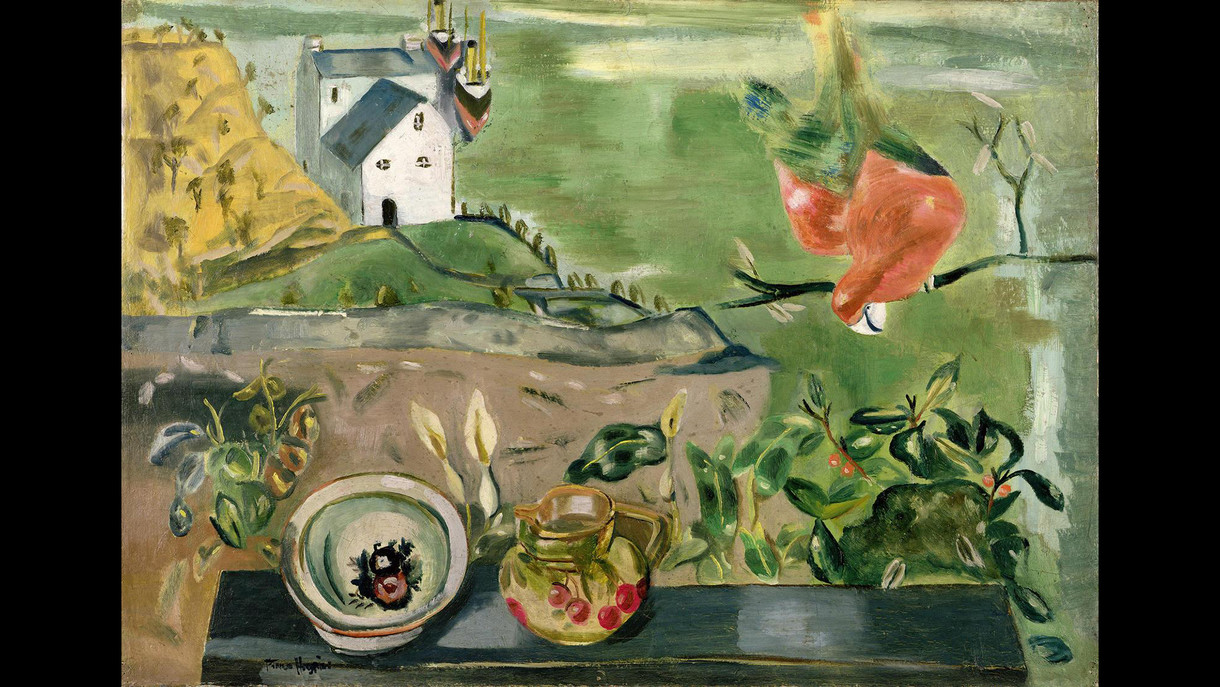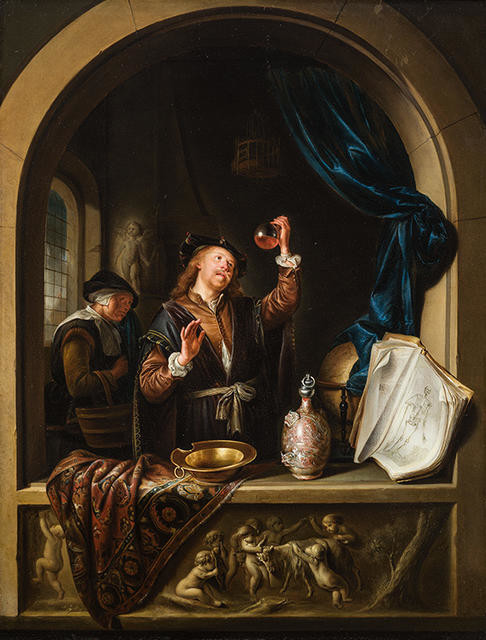'etu iti by Ani O'Neill
'etu iti by Ani O'Neill
Related reading: Covid-19
Collection
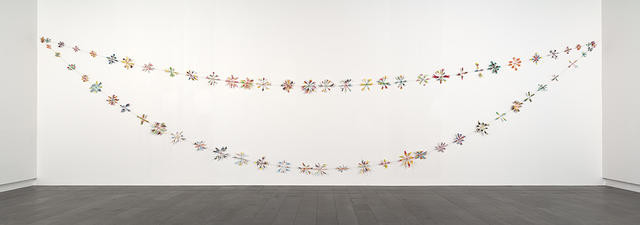
Ani O'Neill 'etu iti
“Though people may not see my work as political – it is. I want to re-ignite something inside the viewer that they may have forgotten existed; the ‘Pacific Island way’ of creating the world.” —Ani O’Neill In Cook Islands Māori, 'etu iti means ‘little stars’. This work was inspired by sacred objects from Oceania that are usually never seen or touched: bundles of fine sticks bound with feathers collected from Hawai'i long ago and now held in the Museum of Archaeology and Anthropology in Cambridge, England. It was created for an exhibition in which artists responded to the museum’s collections. Interested in “passing on the flame to light new paths”, Ani O’Neill worked with the help of local school children. She often works collaboratively, empowering people through art making. Through this process she upholds Polynesian values, using her work to foster a sense of community rather than elitism. She also chooses everyday materials, and by elevating their status she challenges the western hierarchy of materials and art forms.
(Te Wheke, 2020)
Exhibition
Yellow Moon: He Marama Kōwhai
28 October 2018
Yellow is a colour with impact – it’s time to encounter its brilliance.
Commentary
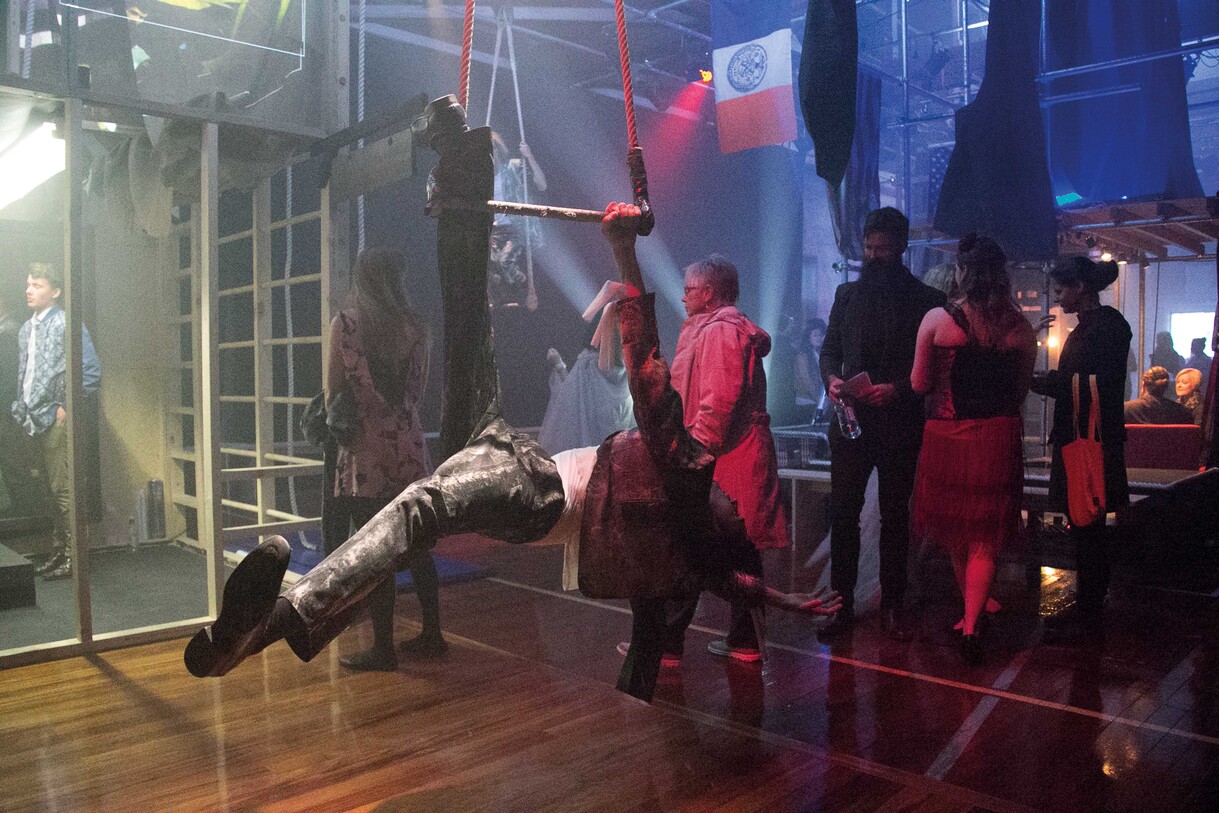
Artists Should Be Giving Business Advice
There has been a healthy debate going in relation to Germany’s Covid-19 emergency fund, which allocated the equivalent of NZ$900 million to artists and freelancers, with extra support from the Berlin municipality, leading some to call it an ‘arts-led’ (as opposed to ‘business-led’) approach to recovery. Some in Germany are claiming this will have better long-term economic outcomes, whilst addressing social and wellbeing recoveries at the same time. Others – without necessarily denying the first claim – fear gentrification and the instrumentalisation of arts, when it’s overtly being used as a tool for the economy.
Director's Foreword
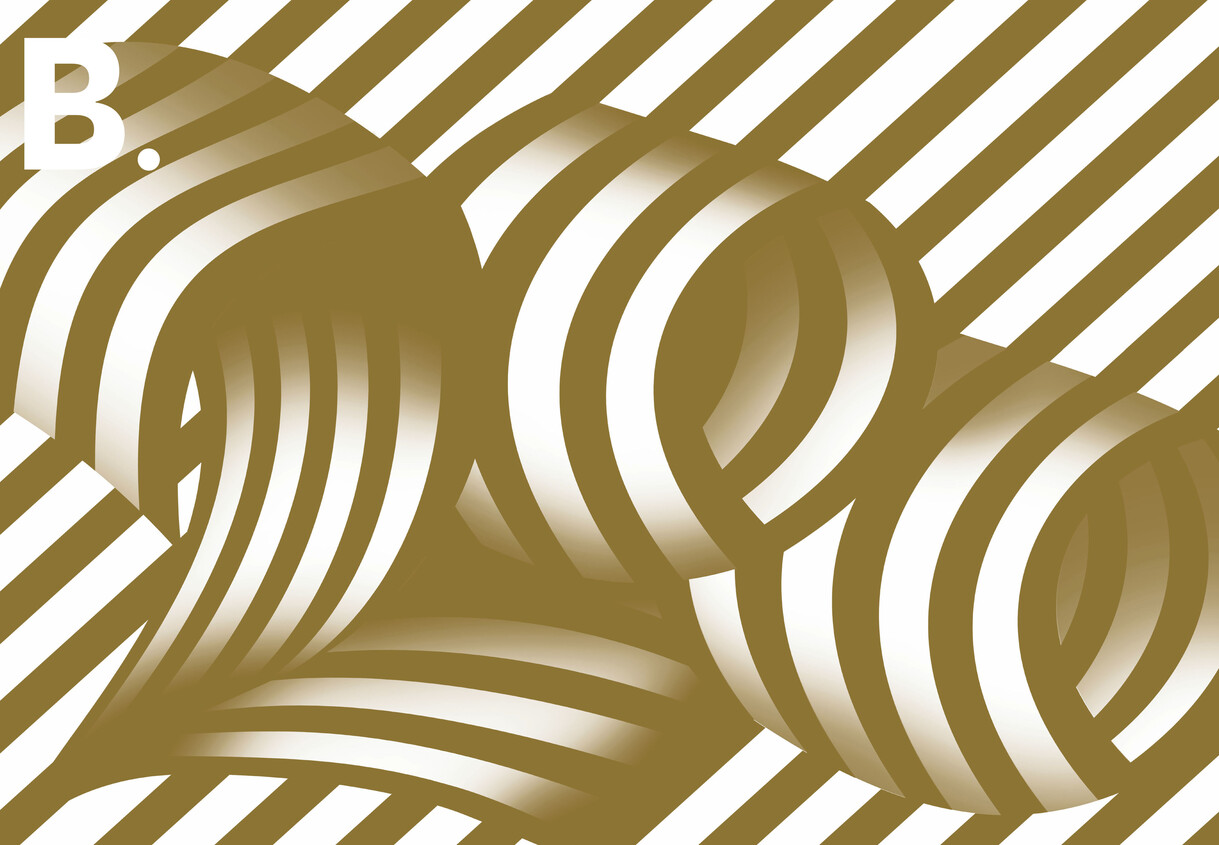
Director's Foreword
Welcome to the winter edition of Bulletin. This issue is special for a range of reasons; some positive, some less so. It’s an anniversary for us, and a rather big celebration—our 200th issue. Since Bulletin’s humble beginnings in 1979, under the directorship of Rodney Wilson and driven by then education officer Ann Betts, this magazine has grown to become an award-winning and industry leading publication that is highly respected by our peers. It’s now one of our most important means of communicating with you, our audience, and a vital place for us to collate our thinking.
Commentary

The C-Word
It’s been a very strange time. We’ve spent the last month or so asking after each other’s bubbles, and imploring people we barely know to stay safe. Depending on your beliefs, this was the month that the world demonstrated that we could put the interests of people above those of finance, or the end of freedom. Everyone, in every industry and every sector of every society has been affected in some way. But our core business is art, and we’re very conscious of the effects of a global shutdown on artists. It’s too early to know what changes this will bring to our sector, so we’re concentrating on the here and now. If your life is focused on making art, how are you going? We asked eighteen New Zealand artists to send us a picture of their lockdown studio set-up, and asked them a few simple questions.
What’s your Covid-19 studio set-up? Is it the same as pre-lockdown or are you in something more makeshift?
How are you finding this time? Is it hard, or is it a gift of time, or maybe a bit of both?
What are you finding essential during lockdown? Is there a piece of equipment/view/song you couldn’t have lived without?
Here are their responses.
Notes
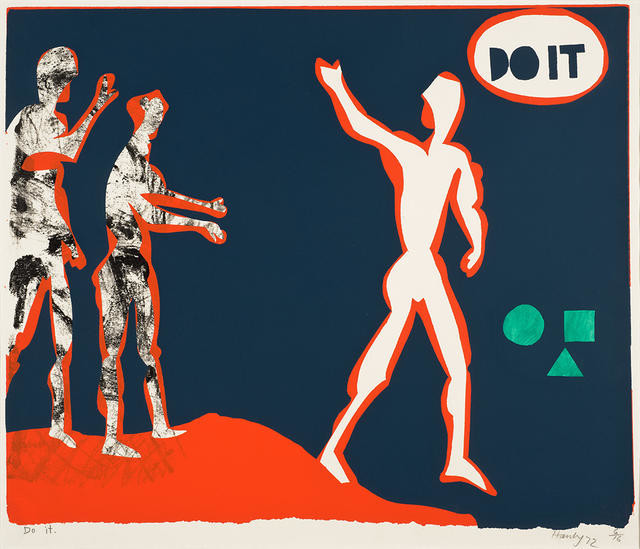
Director’s Update
With a welcome shift back to Level 2 in our collective fight against COVID-19, we are delighted to reopen our doors to visitors.
Notes
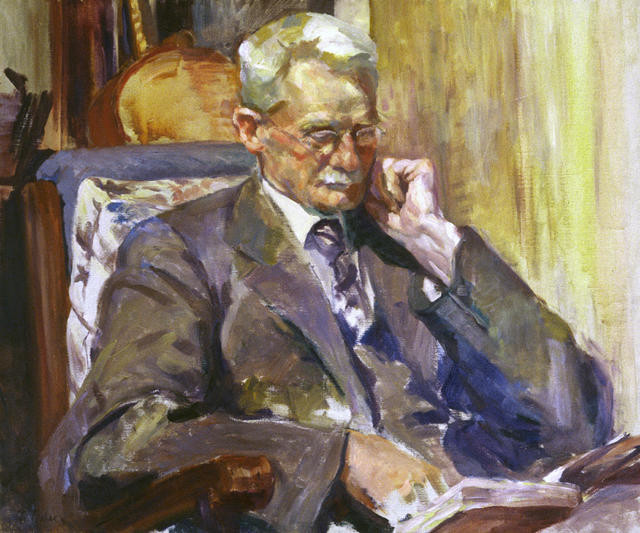
Bringing up the rear
We finish our handwashing poems with R A K Mason's Song of Allegiance, read, as was the Keats sonnet that started this series, by me.
Notes
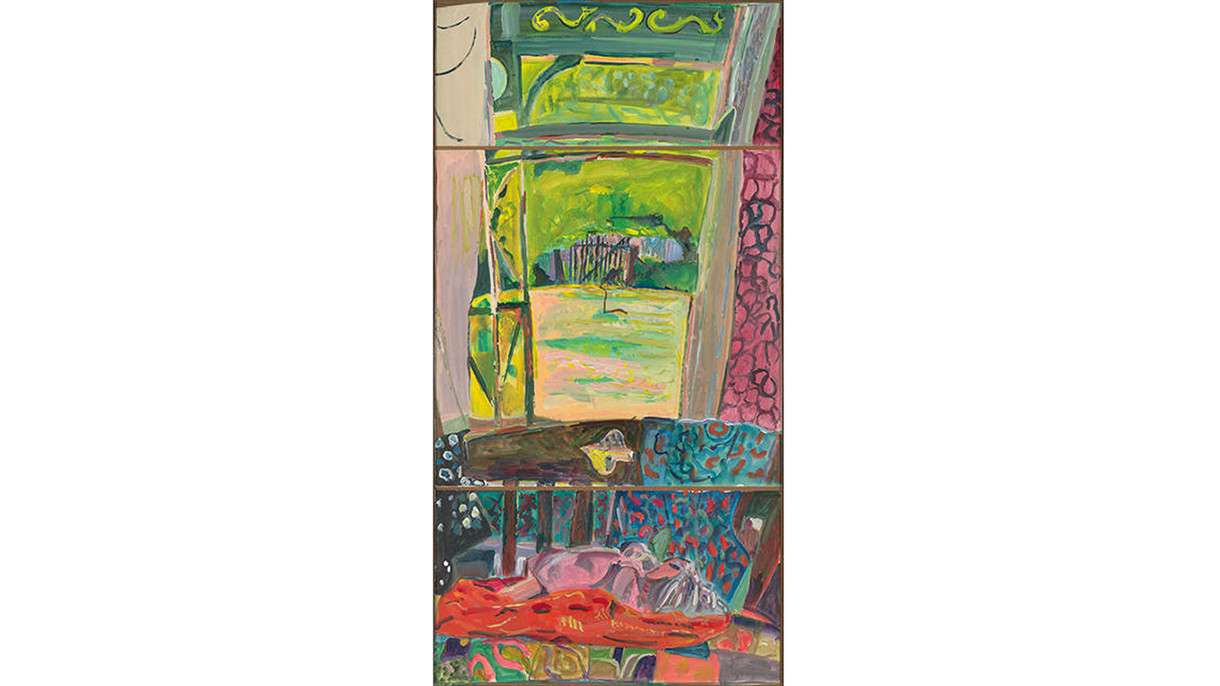
House Rules by Joanna Margaret Paul
We are delighted to present Joanna Margaret Paul's House Rules, read by its creator's daughter Magdalena Harris. Dishwasher tension will, we are sure, be familiar to all.
The poet also created the painting you see, which is called Barrys Bay: Interior with Bed and Doll.
And although it's a day after Mother's Day, let's today salute all mothers and their efforts, especially over the last few weeks.
Notes
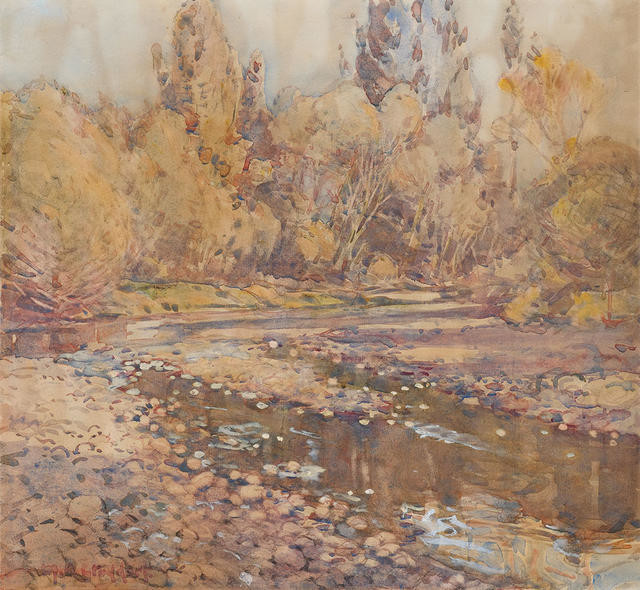
Running Water by Robyn Hyde
We don't want the poems to stop but dare we hope we are inching closer to re-opening? In the interests of playing it safe, let's keep washing our hands though, today with Visitor Host Dora Mullins and some exquisitely sad lines from Robin Hyde.
Notes
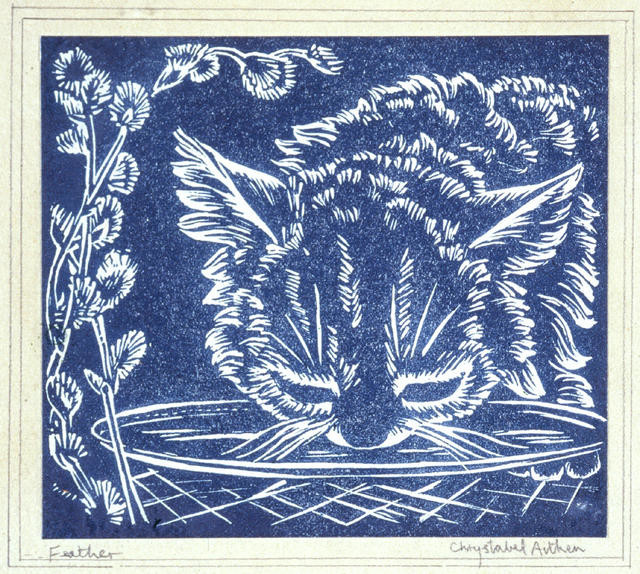
Cat in the Dark by Margaret Mahy
A beautiful poem today by Margaret Mahy, beautifully read by 10 year old Elsie Billington.
A minute of pure handwashing pleasure.
Notes
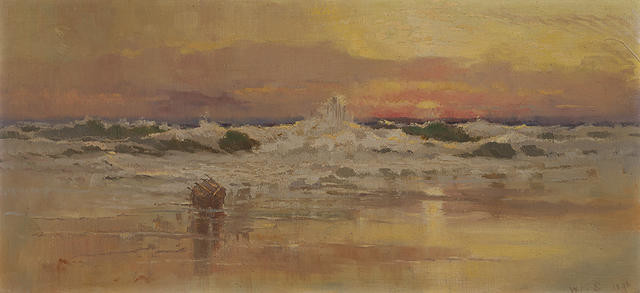
A Calm Day by Basil Dowling
Today our Graphic Designer Peter Bray reads about the sound of the ocean when the wind dies down. Only Basil Dowling puts it lot better than that in A Calm Day.
Notes
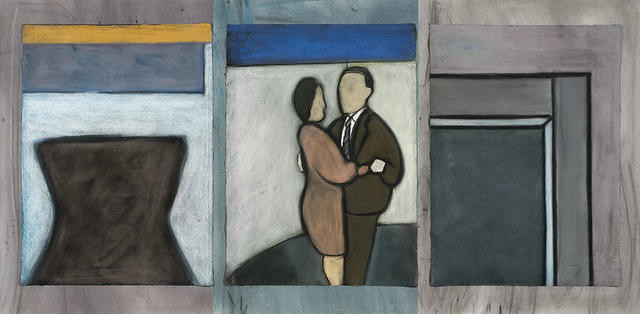
I saw her face by Robin Judkins
We've had lots of poetry responding to nature but poetry's other great theme has been absent. We put that right today with a love poem by Robin Judkins. A simple expression of love you might say, but listen right to the end and then say with confidence what happens next.
That will take a minute so your hands will be sparkling. Today's reader is Visitor Host Tim Hobbs.
Notes
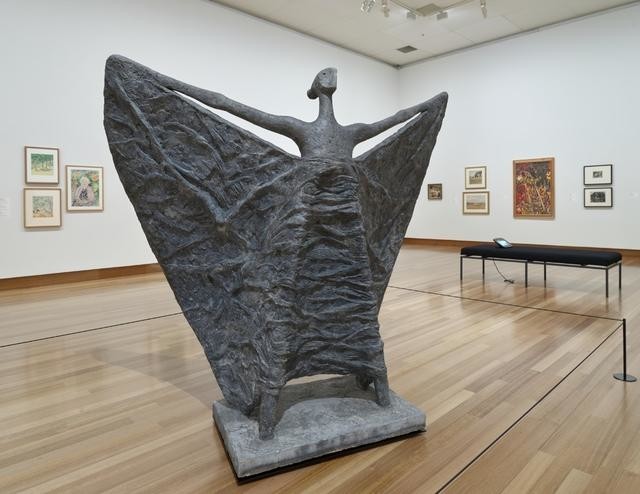
To a child dancing in the wind by W B Yeats
Today our Business Administrator Jackie Heavey reads a poem by a compatriot of hers, William Butler Yeats, in which the innocence of childhood is envied.
Yes you can now go to the beach, but keep your distance and, of course, keep washing those hands.
Notes
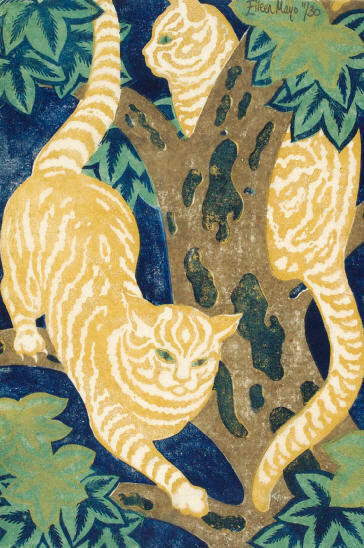
And the animals shall inherit the earth
It’s been interesting observing how nature has quietly but very quickly reclaimed the earth since we have all gone into Covid-19 lockdown. My social media timelines have been peppered with images of animals wandering where humans can’t, boars roaming in Barcelona, peacocks in Dubai, deer in Japan and schools of tiny fish in the now clear waters of Venice to name a few. Related of course are the clearing skies around the world.
Notes
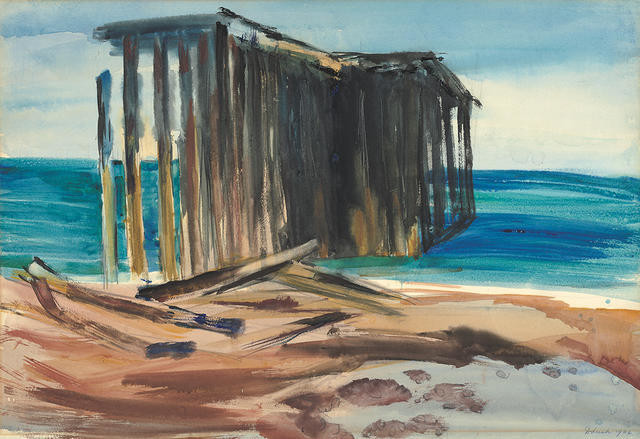
Wharf at Onekaka by Charles Brasch
Today our Visitor Programmes Co-ordinator Gwynneth Porter reads a poem by Charles Brasch that was written directly in response to a painting in our collection. We can still only visit these places in our minds, but here are 22 seconds of soap and water delight to assist in doing that.
Notes

Spheres: An Online Video Project
Over the past few weeks, I have been working with fellow curator Nathan Pohio on an online video project that we’ve called Spheres. I’ve only recently joined the Gallery, so it’s been helpful to have something to focus on from home as well as a reason to be in touch with some interesting artists.
Notes
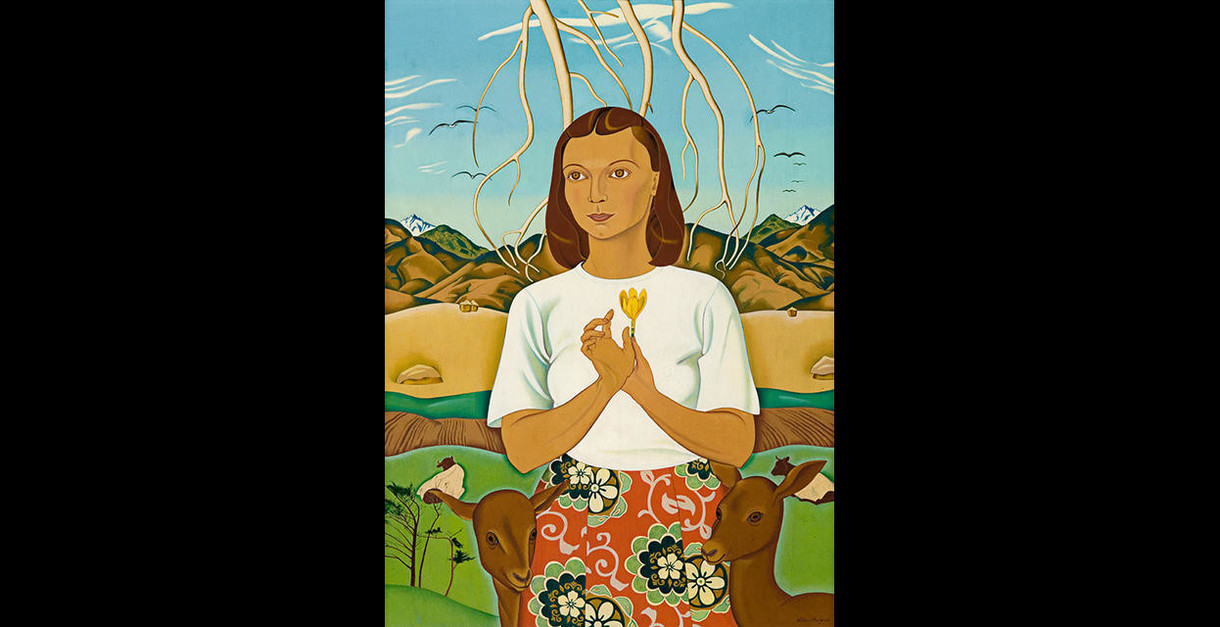
Loud Calls the Voice of Reason by Archibald Baxter
Archibald Baxter's call to reason is kindly read by Kim Bathgate.
Notes
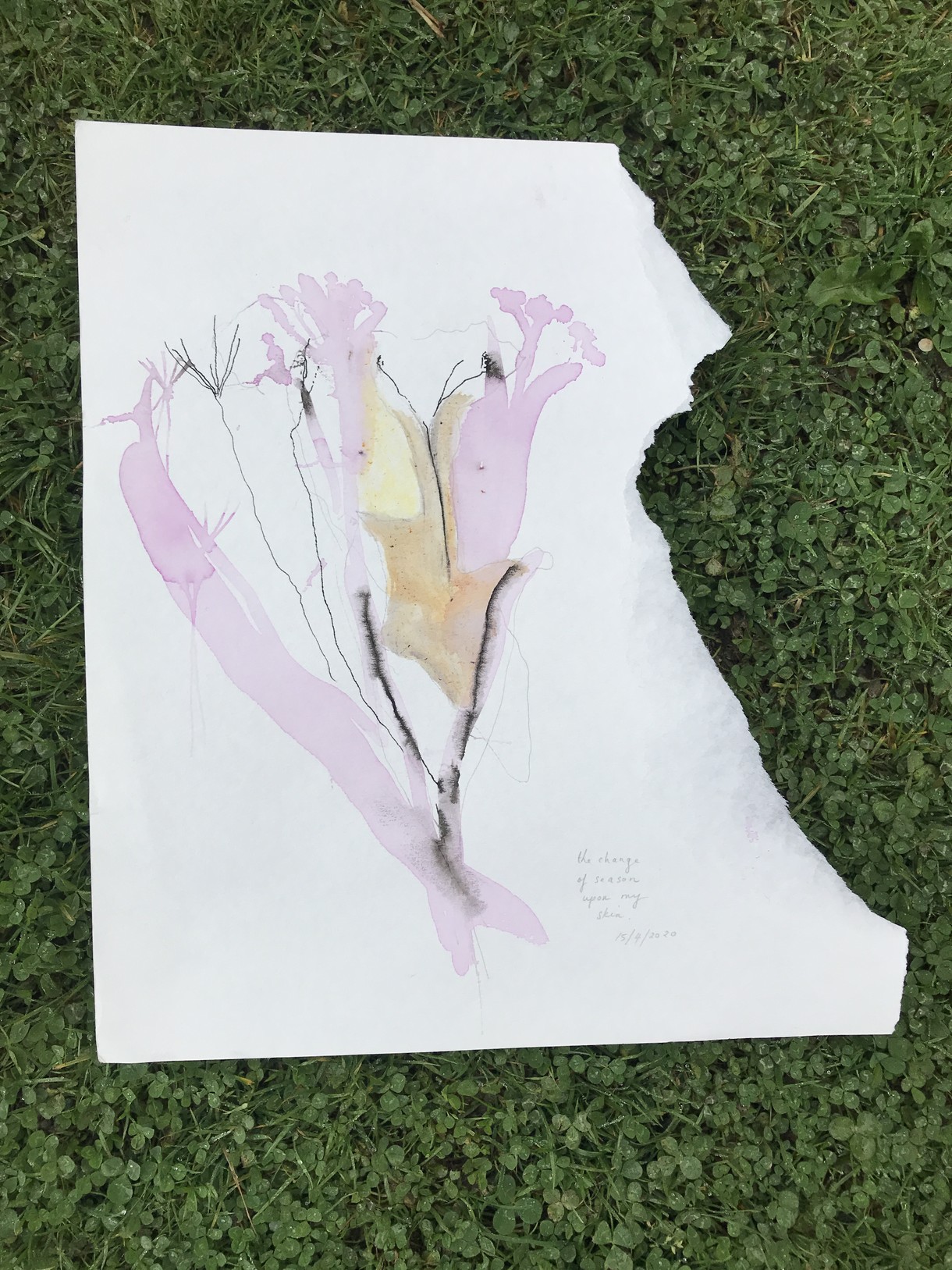
Contemplative Art Play With Nature
Thank you Christchurch Art Gallery Te Puna o Waiwhetū, for inviting me to contribute this art and wellbeing post. I would like to share with you one of my favourite therapeutic arts making activities, which is suitable for all ages. I call it contemplative art play, and since we are all in our bubbles (or extended bubbles when we move to level 3), I have added an additional layer of wellbeing into the process – nature.
Notes
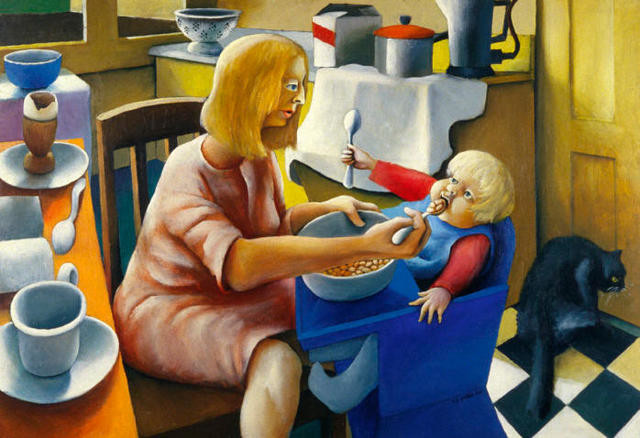
Sarah's Train by Elizabeth Smither
Today's handwashing poem comes from the sequence of verse called Sarah's Train by Elizabeth Smither. Sarah in the poem is Sarah in the painting.
This one is for all of you have been looking after children for the last four weeks. One of those is the reader, our registrar Gina Irish. We salute all parents who have got through this ordeal.
Notes
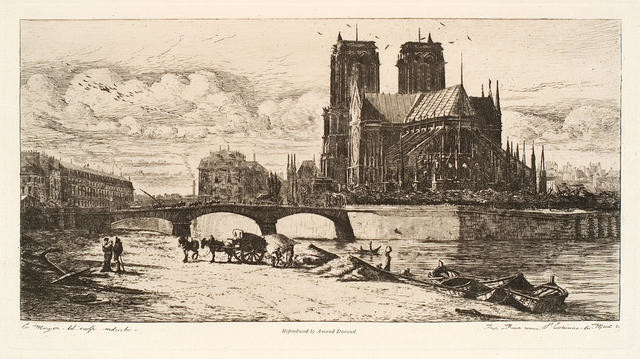
Île de la Cité by Charles Brasch
Paris seems further away than ever when all we see at present are the streets we can reach on foot. But with the help of two Charleses, Brasch and Meryon, we can perhaps fancy ourselves there again. Paris and its cathedral are no strangers to loss and suffering and we all hope for better times in the future.
Today our Education and Visitor Programmes Team Leader Lana Coles takes us to the banks of the Seine for just under a minute. Just long enough to...you know the drill.
Notes
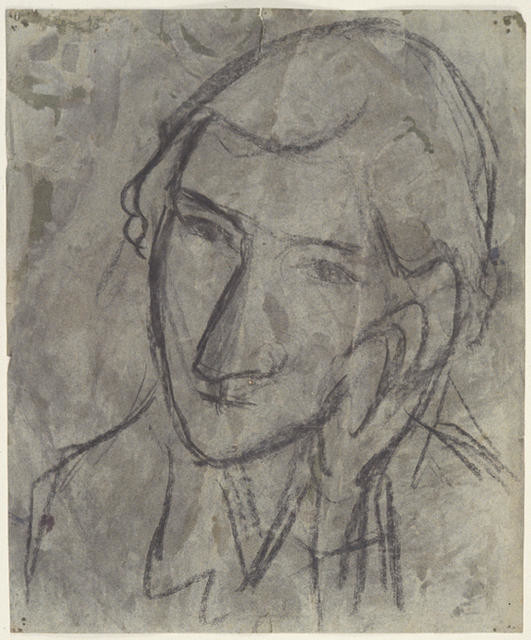
Prepare by Ursula Bethell
Lead curator Felicity Milburn reads the poem Prepare by Ursula Bethell
Notes
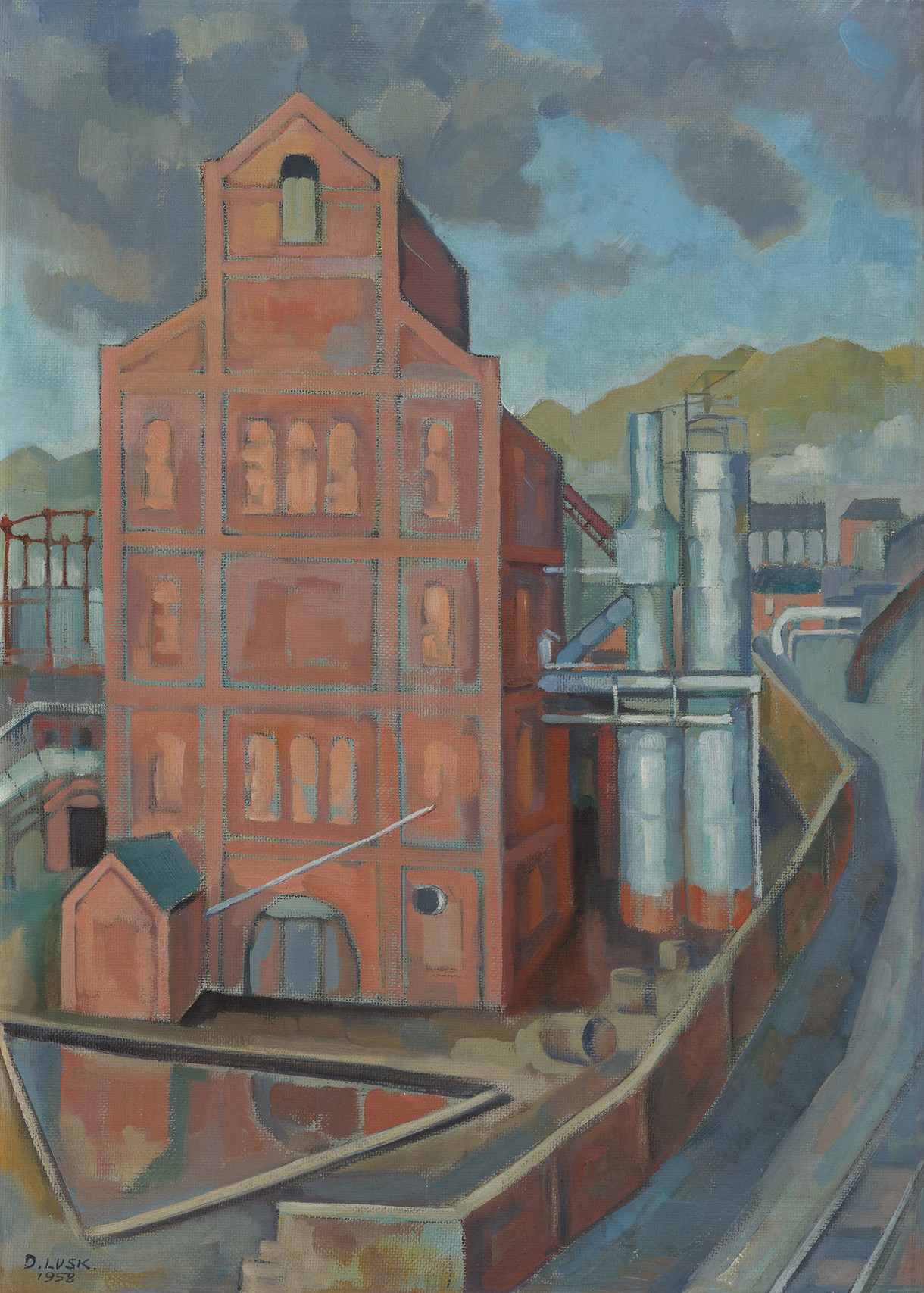
City Gasworks, Christchurch by Doris Lusk
If you grew up in Christchurch before the city’s gasworks was decommissioned in 1982, you'll almost certainly remember the grimy industrial building that dominated the scene next to the Waltham Street overbridge. It was maybe the most industrialised site in the city, where dirty columns of smoke bellowed out from chimney stacks signalling coal being fired to create gas for residents and businesses. It was a subject that captivated painter Doris Lusk. She had previously painted the Dunedin Gasworks in around 1935, and also turned her hand to painting many other industrialised sites – hydroelectric stations, Christchurch’s Pumphouse, sluice mines at St Bathans, the wharf at Onekaka, and numerous roads and railways slicing their way through the green countryside.
Notes
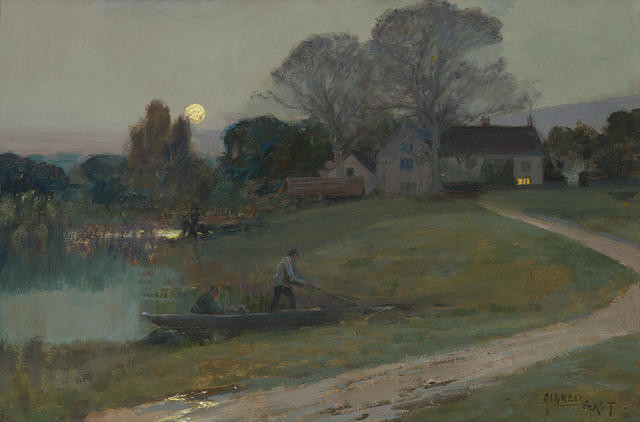
The Moon by Robert Louis Stevenson
Visitor Host Deborah Hyde reads The Moon by Robert Louis Stevenson. The painting by Sir Alfred East was, Deborah reports, the first painting she saw when she began working at the Gallery back in 2003. Stevenson is of course not a New Zealand poet but he did come here briefly in 1890. The exertions of a morning's shopping in Auckland apparently rendered him prostrate for the rest of his stay here.
We heard yesterday that isolation requirements will be very slightly eased next week. But for now and, in the future, scrupulous hand-washing remains important. Think of the moon while washing yours.
Notes
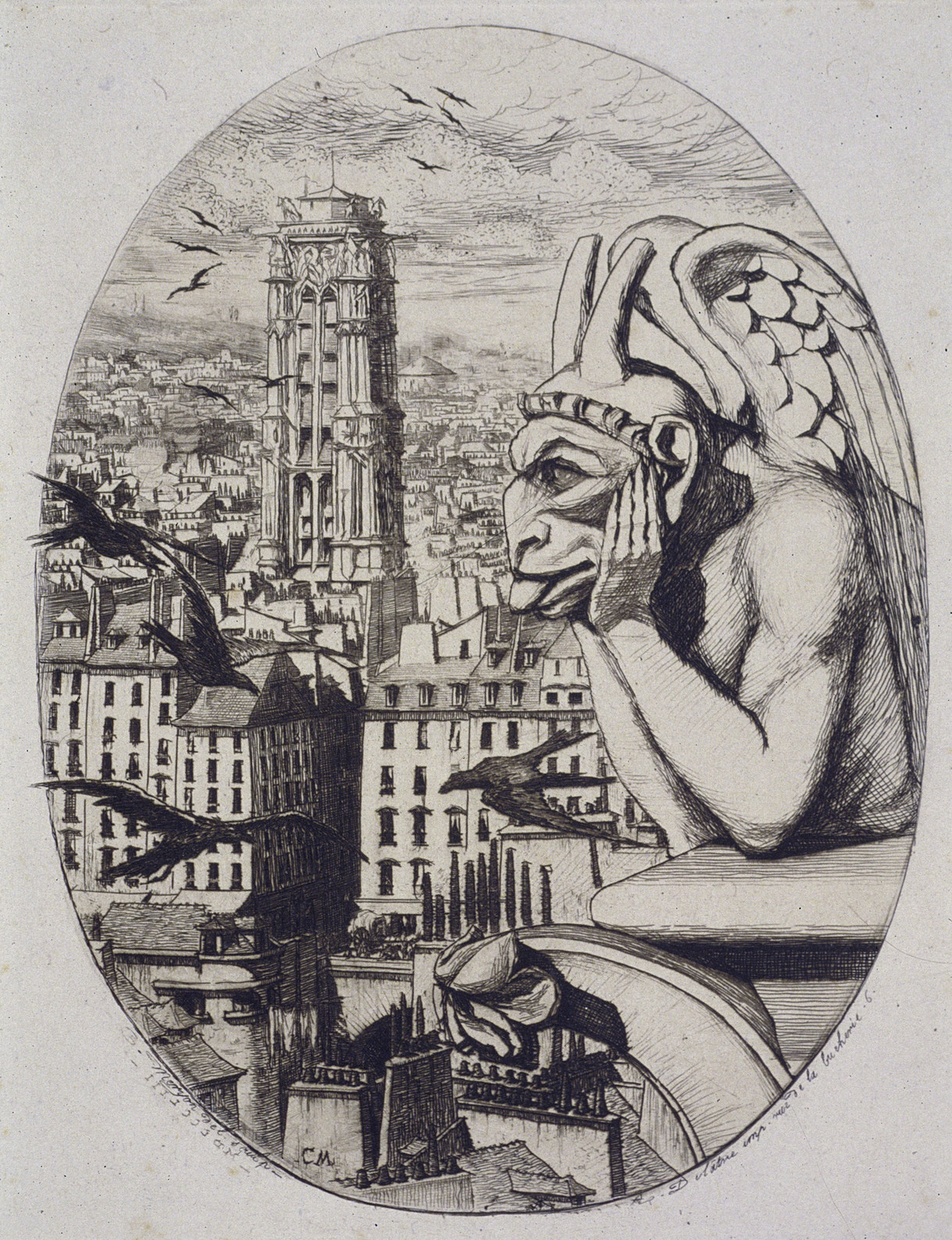
Colouring in: Le Stryge
This fantastical guardian creature sits on top of the north tower of Notre Dame cathedral in Paris. Some say it's a ghoul and others a vampire. Whatever it is, it looks a bit cheeky with its tongue poking out!
Notes
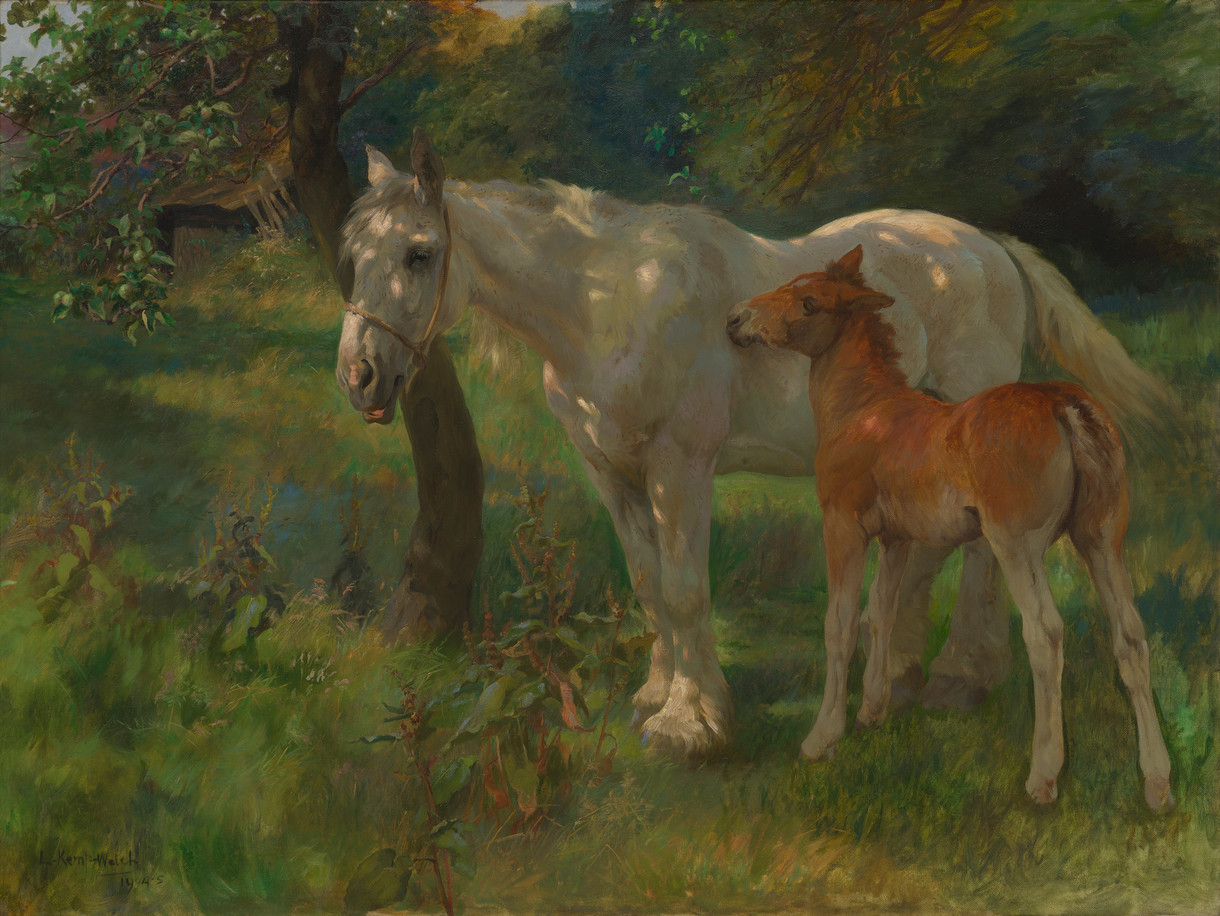
Colouring in: In the Orchard
This gorgeous painting In the Orchard is by British artist Lucy Kemp-Welch, who was famous for her incredible paintings of horses. She also became known as 'the artist who painted Black Beauty'. Have you heard of or read the book Black Beauty? It's a story by Anna Sewell about a beautiful black horse.
Notes
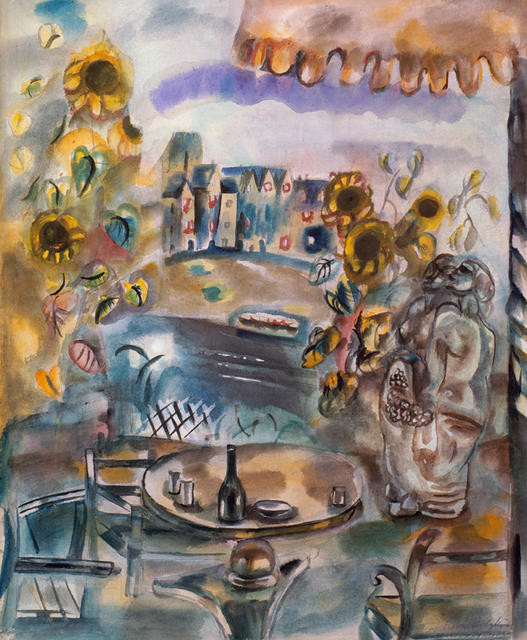
A Phoenix in the Fowl Run by A R D Fairburn
While our Frances Hodgkins exhibition remains closed, let's hear Mary Kisler, its curator, reading a poem about one of the works that is in it.
First published as an occasional piece in Parson's Packet, the magazine published by Wellington bookseller Roy Parsons, it passes a savage commentary on the rejection of Pleasure Garden. It appeared in Fairburn's Collected Poems with this dry observation:
The Art Gallery Committee of the Christchurch City Council rejected 'The Pleasure Garden', by Frances Hodgkins, on the advice of three experts. (It was later bought by public subscription and now hangs, without much civic honour, in the McDougall Gallery.)
Well it now hangs in our gallery with considerable honour but with the lights off and no visitors to see it. We long for this to change and continued hand-washing will hasten that happening.
Notes
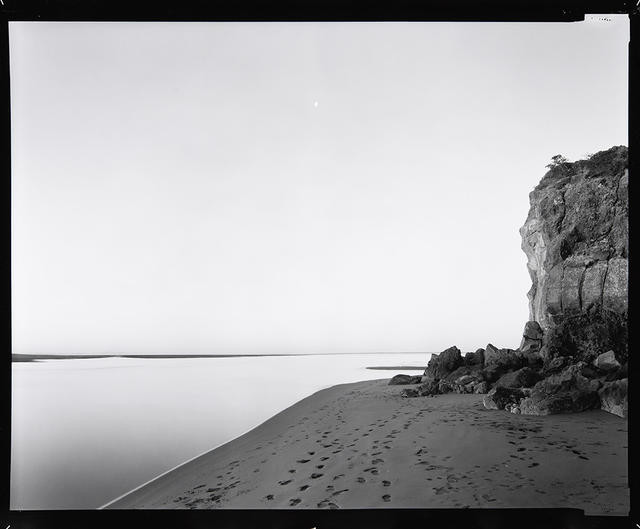
Whakataka te hau
Usually on a Friday morning, our team would be enjoying some whanaungatanga at waiata practice. We’re missing seeing each other and singing together, so today's poem is the karakia Whakataka Te Hau, which doubles as one of our favourite waiata – a perfect way to start the day. Kia pai ō rā e te whanau.
Notes
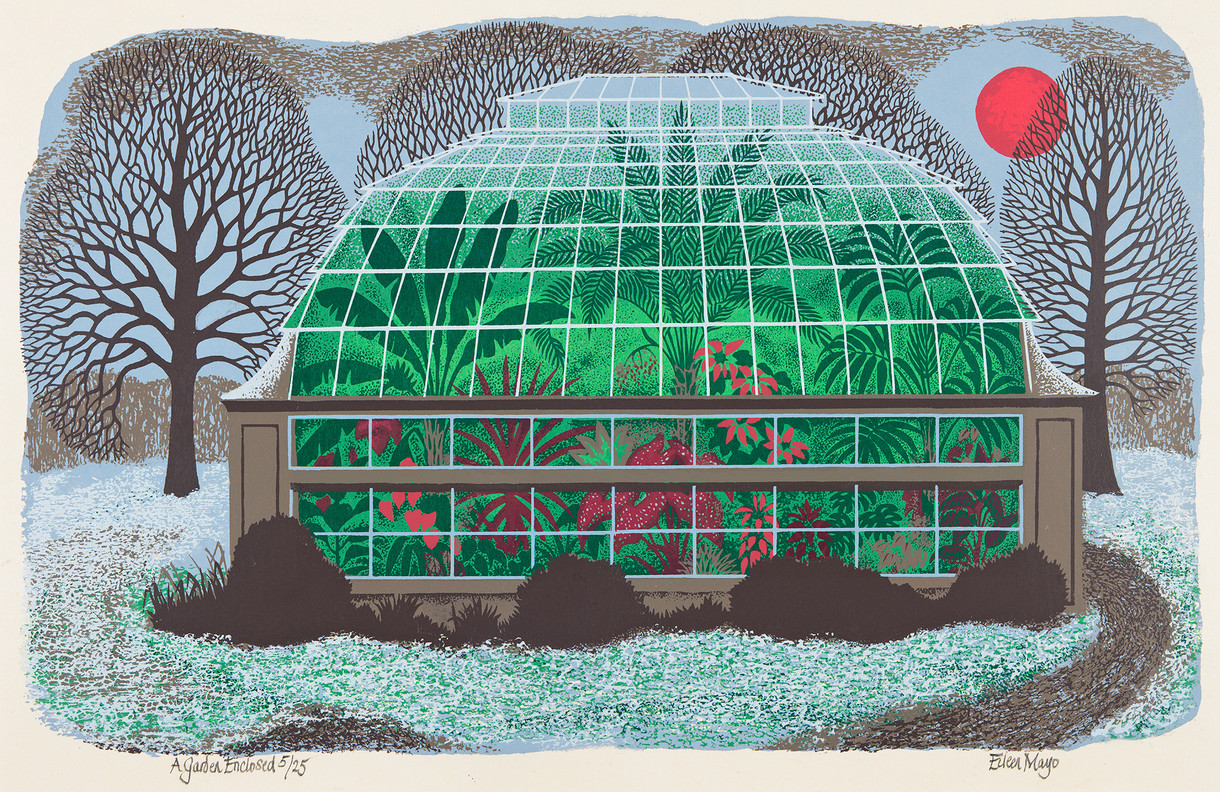
Colouring in: A Garden Enclosed
This screenprint by Eileen Mayo is of Cuningham House, the big glass house in the Christchurch Botanic Gardens. The building is kept warm all year so that the plants inside stay healthy and grow well. Have you been there? What sort of plants did you see?
Notes
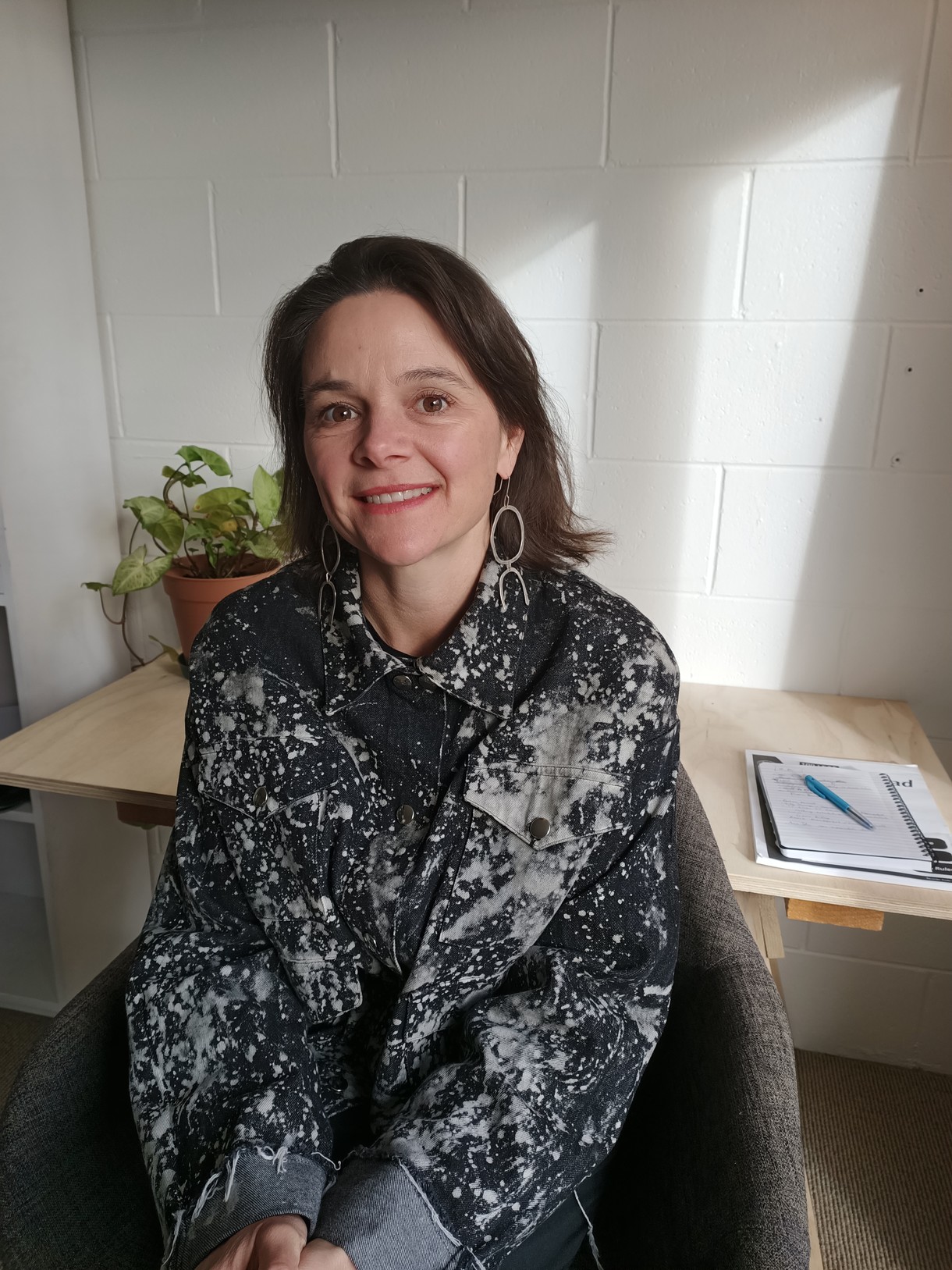
Meet Melanie
Melanie Oliver is our new curator. It's obviously pretty hard to introduce her properly when we're in lockdown, so we asked Gallery staff to each ask her a question so you could get to know her.
Notes
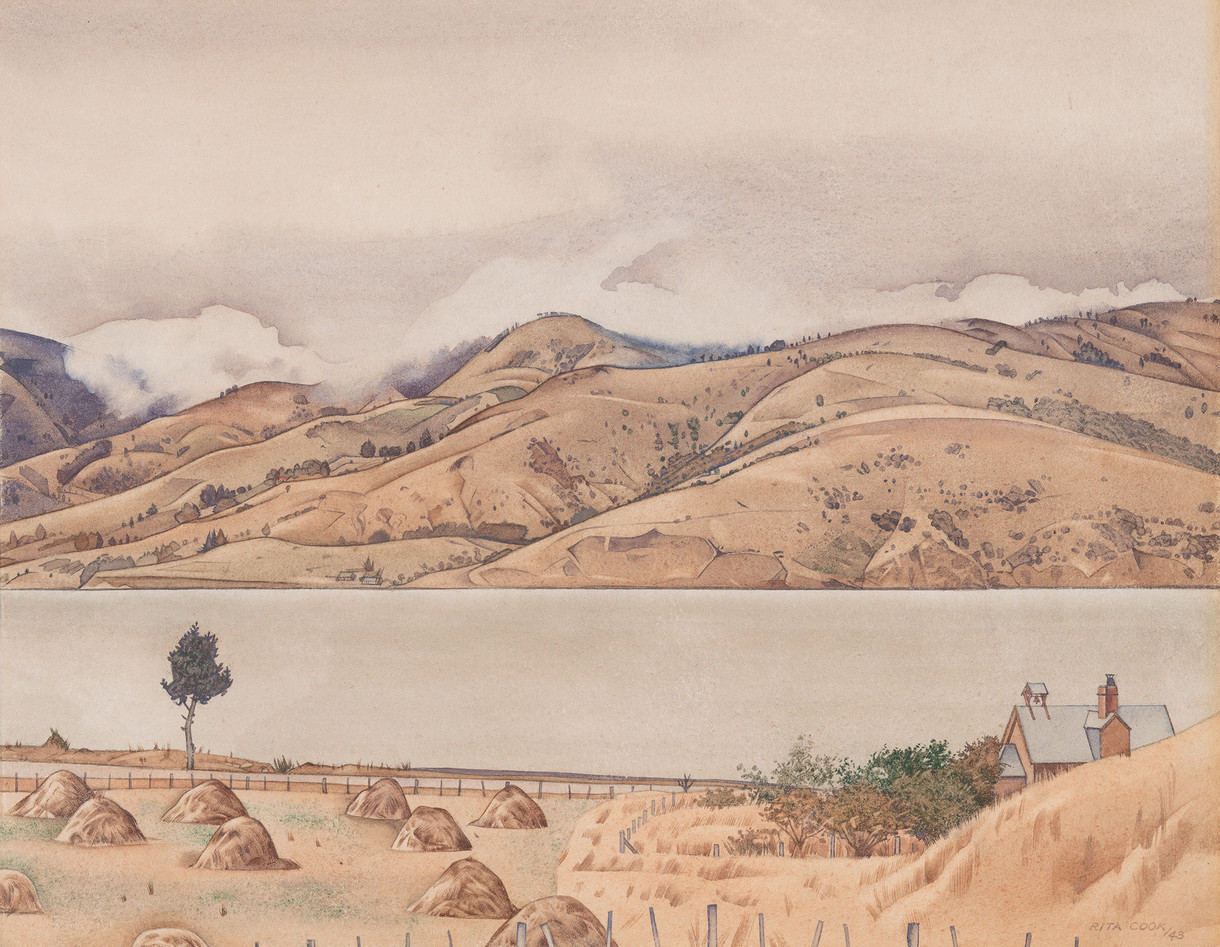
Wainui by Rita Angus
In March 1943 Rita Angus spent several weeks staying at a friend’s family bach in the small settlement of Wainui in Akaroa Harbour, a refuge in the midst of World War II. It was here that she produced some of her most accomplished watercolours, small gems where the landscape is so delicately defined it’s as if she painted them whilst looking through a telescope. There are five known watercolours of Wainui and the surrounding Akaroa Harbour from this period and the Gallery is fortunate to hold four of them.
Notes
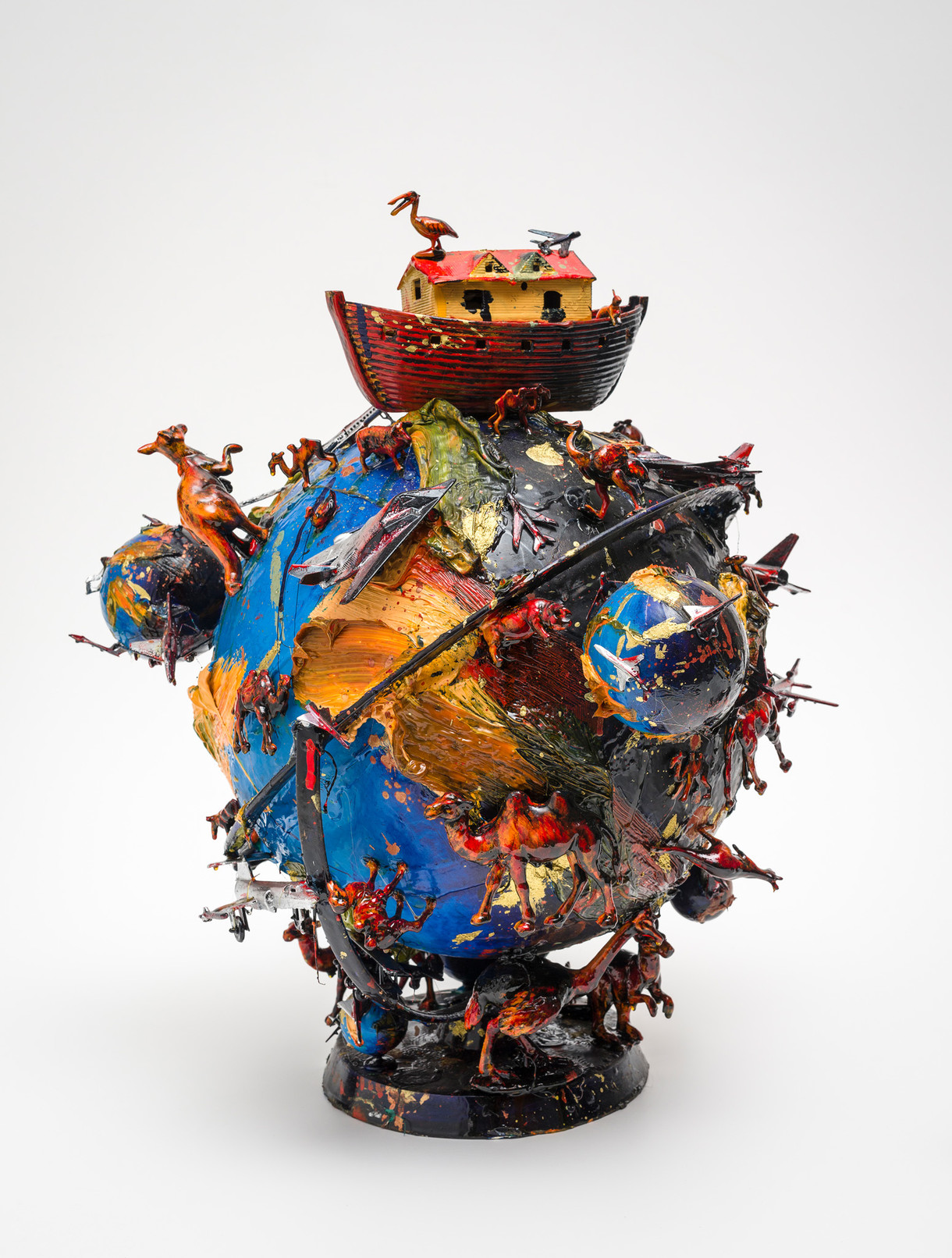
Blue Globe: Stories from Christchurch Art Gallery Te Puna o Waiwhetū
You are invited to take part in Blue Globe: Stories from Christchurch Art Gallery Te Puna o Waiwhetū. It’s a chance to feed your curiosity, feel inspired and challenge your creative side. And it’s easy. All you have to do is choose any artwork from the Gallery’s collection online and create a short piece of writing inspired by it.
Notes
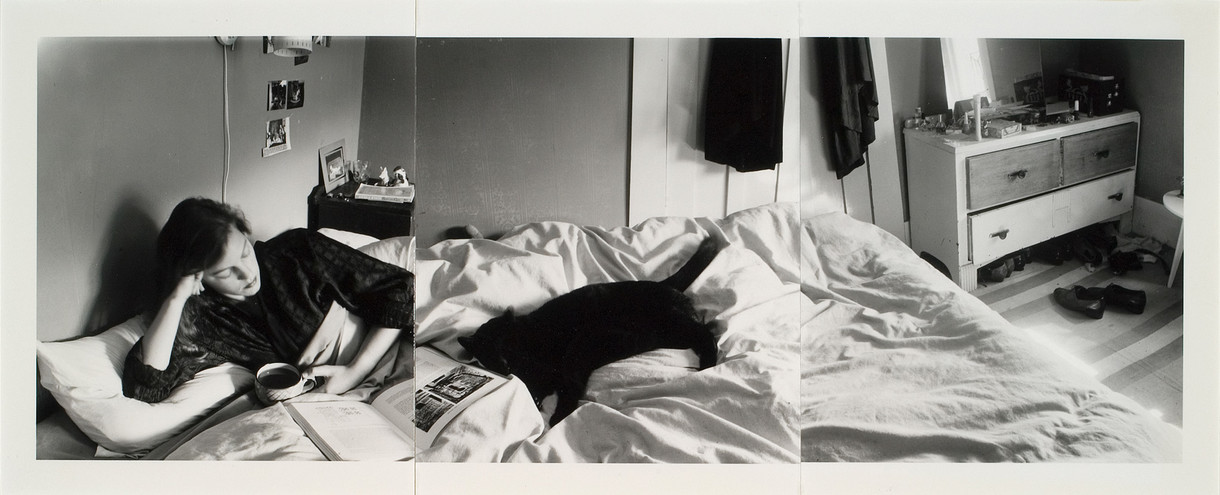
Update from director Blair Jackson
Kia ora koutou. Hello.
I want to let our supporters and art lovers know what we are doing in these difficult times, and how you can still find moments of relief and escape through art. Like much of the world, Christchurch Art Gallery Te Puna o Waiwhetū is temporarily closed to our visitors and our staff. Like many of you are experiencing in your own lives, we’ve needed to figure out new ways of working, staying connected as a team, and working out what we can offer and ways that might help us to engage, inspire and connect you with great art and ideas.
